Introduction
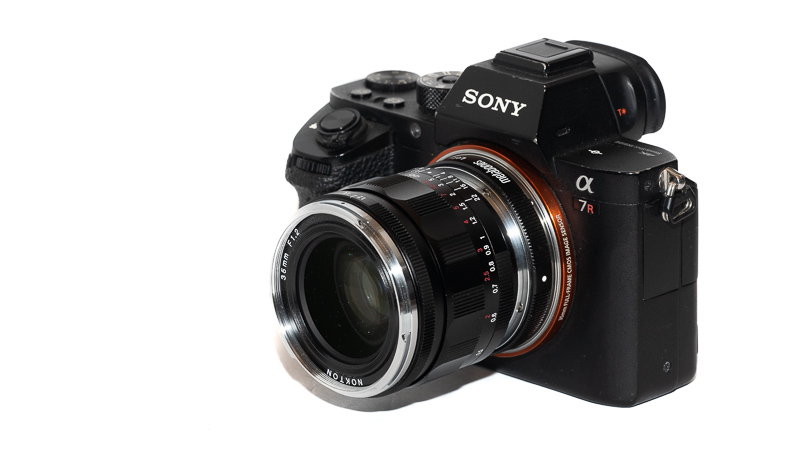
The Voigtlander VM 35mm 1.2 III Nokton is already the third iteration of the world’s fastest 35mm M-mount lens. What has changed compared to the predecessors? How does it compare to the competition? Is it any good? Let’s find out together in this review.
Lens is being tested on 42mp Sony A7rII, 24mp Leica M10 and film cameras
Last Update: September 2023 (samples, coma section, conclusion)
Sample Images
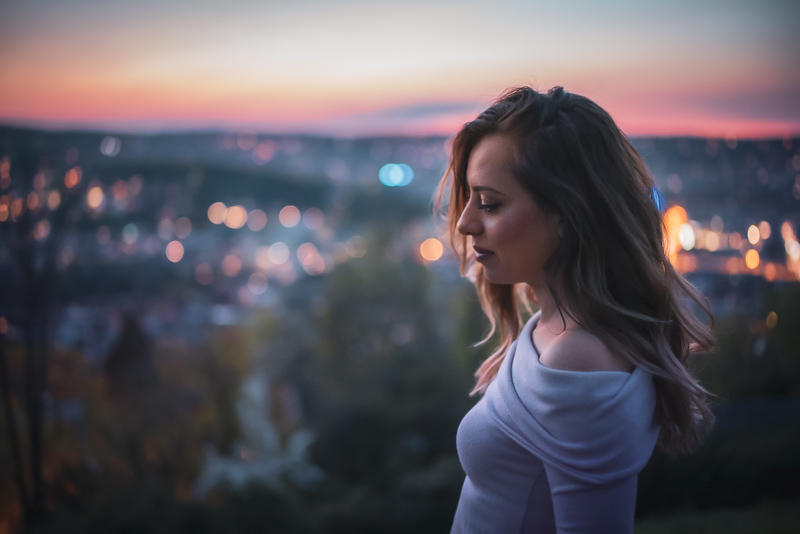
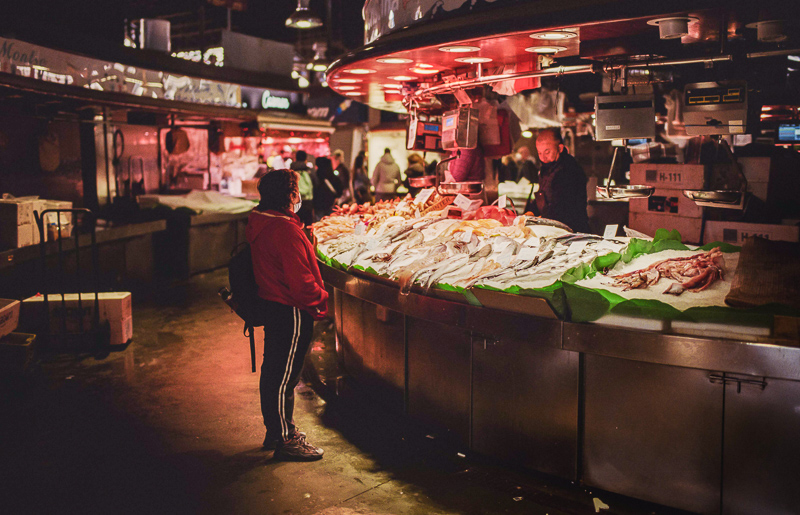
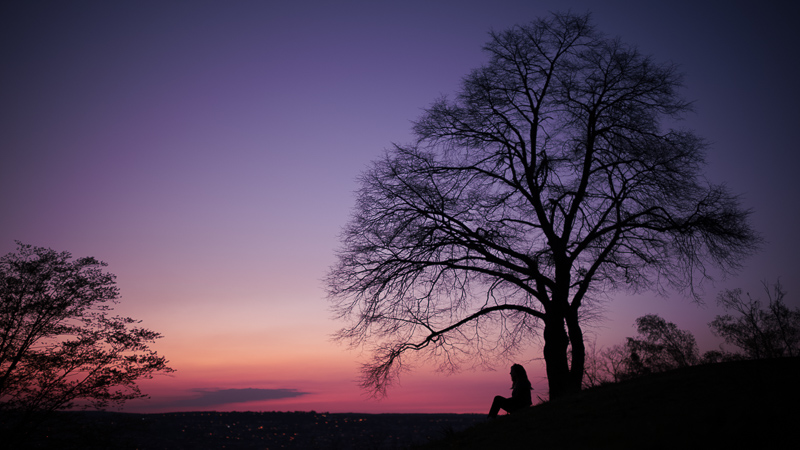
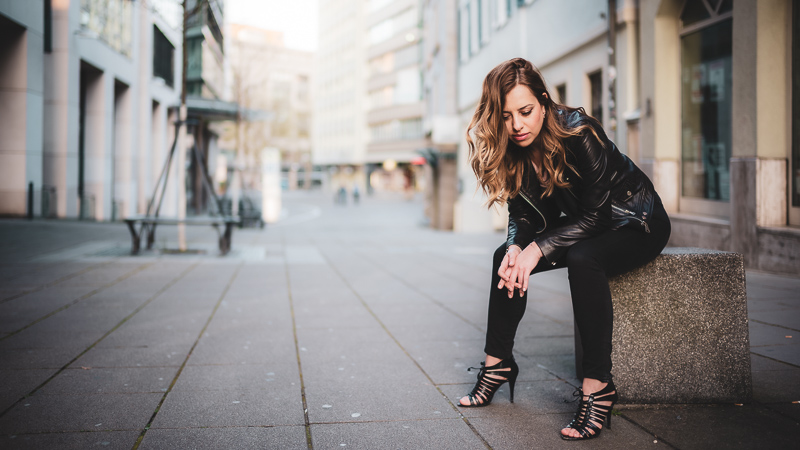
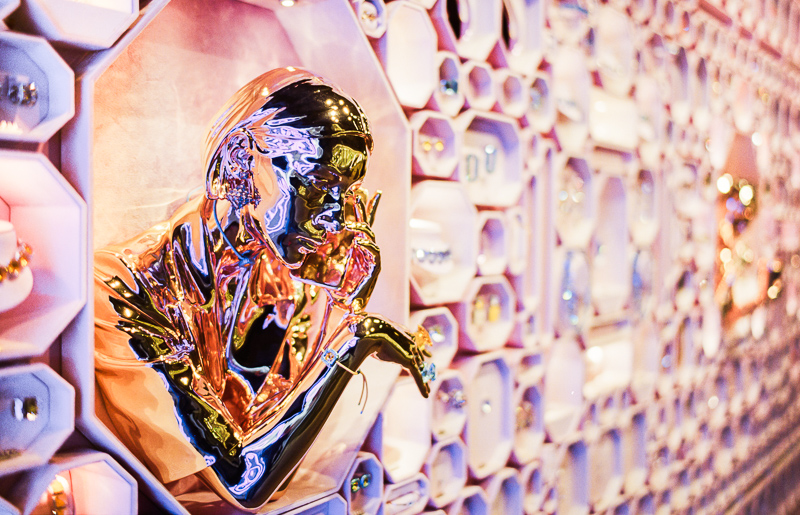
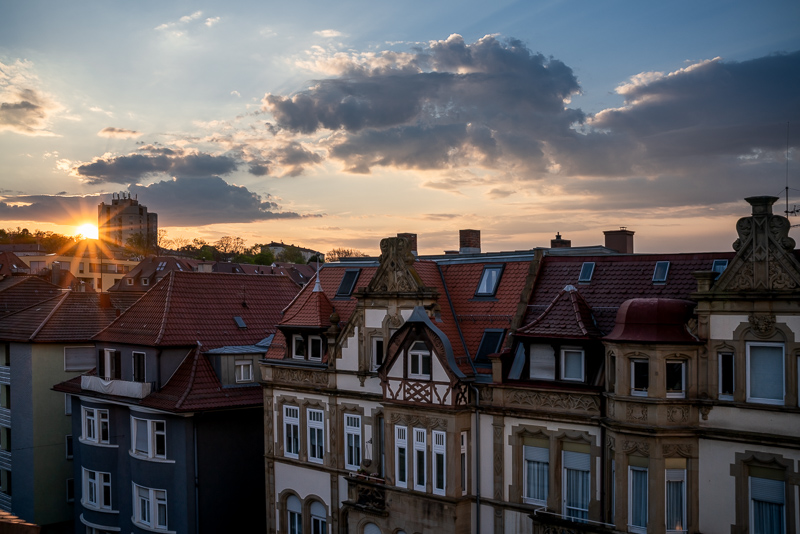
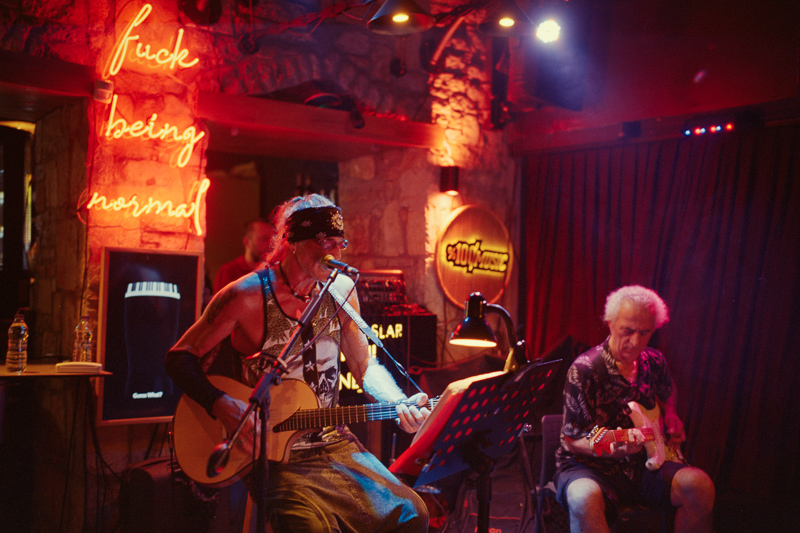
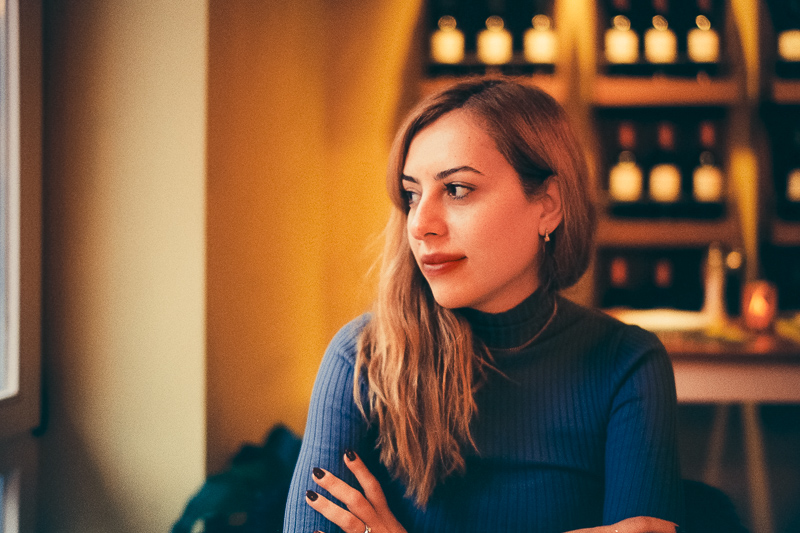
Most of the sample images in this review can be found in full resolution here.
Contents
Specifications / Version History
As the name suggests the Voigtlander VM 35mm 1.2 III Nokton is already the third incarnation of this lens.
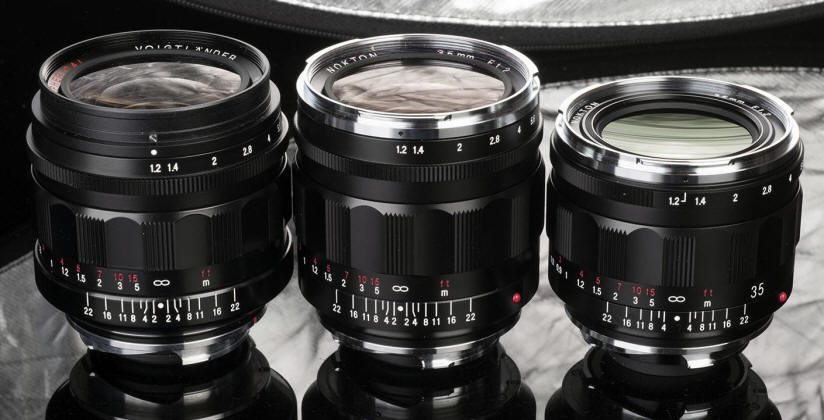
-
- Voigtlander VM 35mm 1.2 Nokton
490g, 10/7 design, MFD 0.7 m - Voigtlander VM 35mm 1.2 II Nokton
471g, 10/7 design, MFD 0.5 m - Voigtlander VM 35mm 1.2 III Nokton
332g, 9/7 design, MFD 0.5 m
- Voigtlander VM 35mm 1.2 Nokton
As you can see the guys at Cosina have done a pretty good job at reducing the weight (and also size) of their 35mm f/1.2 lens. I am reviewing the latest MK III version here which has the following specifications:
-
- Diameter: 60.8 mm
- Field of view: 61.5° (diagonally)
- Length: 50.5 mm (+ adapter)
- Weight: 332g (without hood and caps + adapter)
- Filter Diameter: 52 mm
- Number of Aperture Blades: 12 (straight)
- Elements/Groups: 9/7
- Close Focusing Distance: 0.50 m
- Maximum Magnification: 1:11 (measured)
- Mount: Leica-M
You may also have a look at the official page.
You can usually find the Voigtlander VM 35mm 1.2 III on CameraQuest, B&H, Robert White, amazon.com or ebay.com/ebay.de for about $1049/1199€ (affiliate links)
Disclosure
The Voigtlander VM 35mm 1.2 III Nokton was kindly provided free of charge by Robert White/Flaghead for reviewing purpose for a duration of 4 weeks. I have since bought my own copy of this lens from a german retailer.
Handling / Build Quality
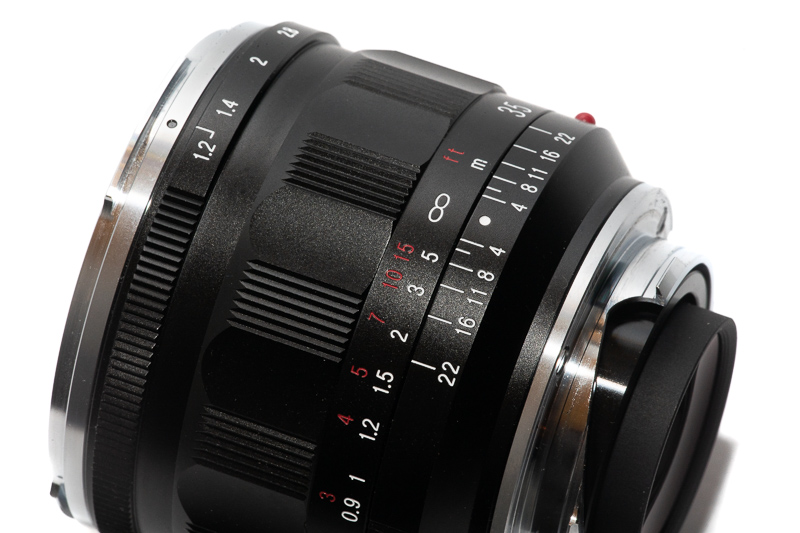
So far none of the Voigtlander lenses disappointed in this category and this holds true for this new 35mm 1.2 III as well. The focus ring has perfect resistance and travels ~130° from the minimum focus distance (0.5 m) to infinity.
The aperture ring has 1/2 stop click stops which I think is a good compromise. It travels about 120° from f/1.2 to f/22.
Most parts seem to be made from metal and all markings are engraved and filled with paint.
From the Voigtlander E-mount lenses we are used to a metal hood being in the package, this is unfortunately usually not the case with the M-mount lenses and the 35mm 1.2 III is no exception.
Considering the specifications we are dealing with a very small lens here, this becomes very obvious when we compare the Voigtlander VM 35mm 1.2 III to the Sigma 35mm 1.2 Art.
But the new VM 35mm 1.2 III even compares favourably to the Voigtlander VM 35mm 1.7, having the same length and being only a bit bigger in diameter and 95g more in terms of weight.

Vignetting
light falloff
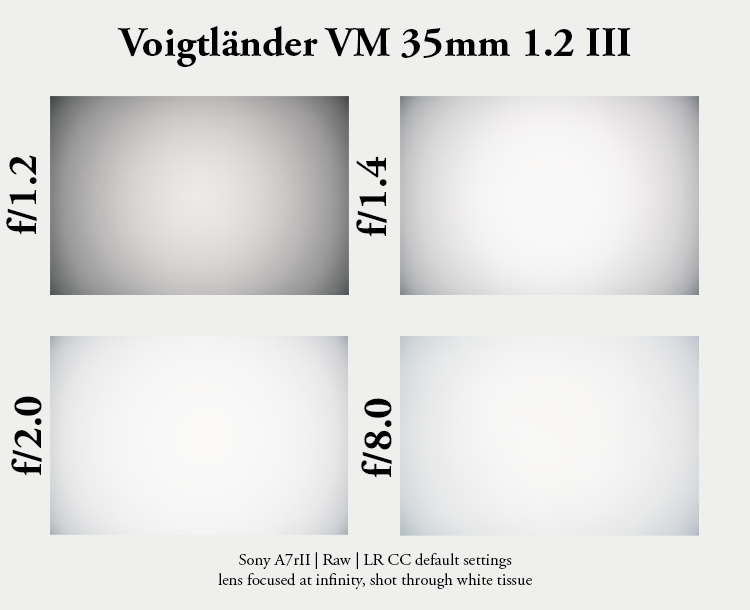
Wide open there is strong light falloff of roughly 3.3 EV, stopped down to f/2.0 this improves to 2.3 EV, stopped down to f/2.8 it is 1.9 EV and still 1.8 EV at f/8.0. These values are high but comparable to the competition in this class.

It is recommended to have a look at this article first to get an idea how this brightness graph works.
color cast
I did not notice obvious color cast issues with this lens on either camera (Sony A7rII and Leica M10).
optical vignetting
Very fast lenses often show optical vignetting. Without going too much into technical details optical vignetting leads to the truncation of light circles towards the borders of the frame.
In the center of the frame almost every lens will render a perfect circle, but only lenses with very low optical vignetting will keep this shape in the corners.
So in the following comparison we move from the center (left) to the extreme corner (right) and see how the shape of the light circle changes.
I was quite surprised to see the Voigtlander VM 35mm 1.2 III shows pretty much the same performance as the huge Sigma 35mm 1.2 Art.
The difference between 12 straight (Voigtlander) and 11 rounded (Sigma) aperture blades is very apparent though. Interestingly Cosina decided not to use the amazing aperture diaphragm from the Voigtlander 50mm 2.0 Apo-Lanthar E here.
We further see, that onion ring structures are not really a problem.
Sharpness
Focus shift
50% crops, A7rII
Unlike e.g. the Voigtlander 50mm 1.2 this 35mm 1.2 III shows almost no focus shift. Good news for rangefinder users!
infinity (42mp Sony A7rII)

In the center the resolution at infinity is okay at f/1.2, but we can see quite a bit of glow (spherical aberration) and also purple fringing. Midframe and corners are rather soft here.
The center starts to show really good resolution figures at f/2.0, but midframe and corners really need f/8.0 to show good performance.
Performance here is comparable to the Voigtlander 40mm 1.2 E, but luckily I don’t see such an abrupt drop in sharpness in the extreme corners.
The Sigma 35mm 1.2 Art plays in a league of its own here though, showing better across frame sharpness at f/1.2 than the Voigtlander reviewed here at any aperture setting.
infinity (24mp Leica M10)

Some M-mount wide angle lenses show significantly different (better) performance when used on a camera with a thinner sensor stack. Interestingly this is not really the case here.
When comparing to the Sony A7rII we have to take the lower resolution of the Leica M10 into account of course.
The corners may look slightly less mushy at wider apertures on the Leica M10, but the midframe shows a similar drop in sharpness.
Stopped down the differences are minor, I would also recommend to use f/8.0 for best across frame sharpness on the Leica M10.
True infinity might have been a tiny bit behind the hard stop when the lens is used on my Leica M10, therefore the minor difference in sharpness in the center at f/1.2 and f/1.4 between Sony A7rII and Leica M10.
portrait distance
For portraiture it isn’t so important how flat the field is, it is more interesting to see what the sharpness is like when focused at different parts of the frame to take field curvature out of the equasion.
This is what I did here, I refocused for every shot to get the best possible result at different locations in the frame (center, inner midframe and outer midframe).
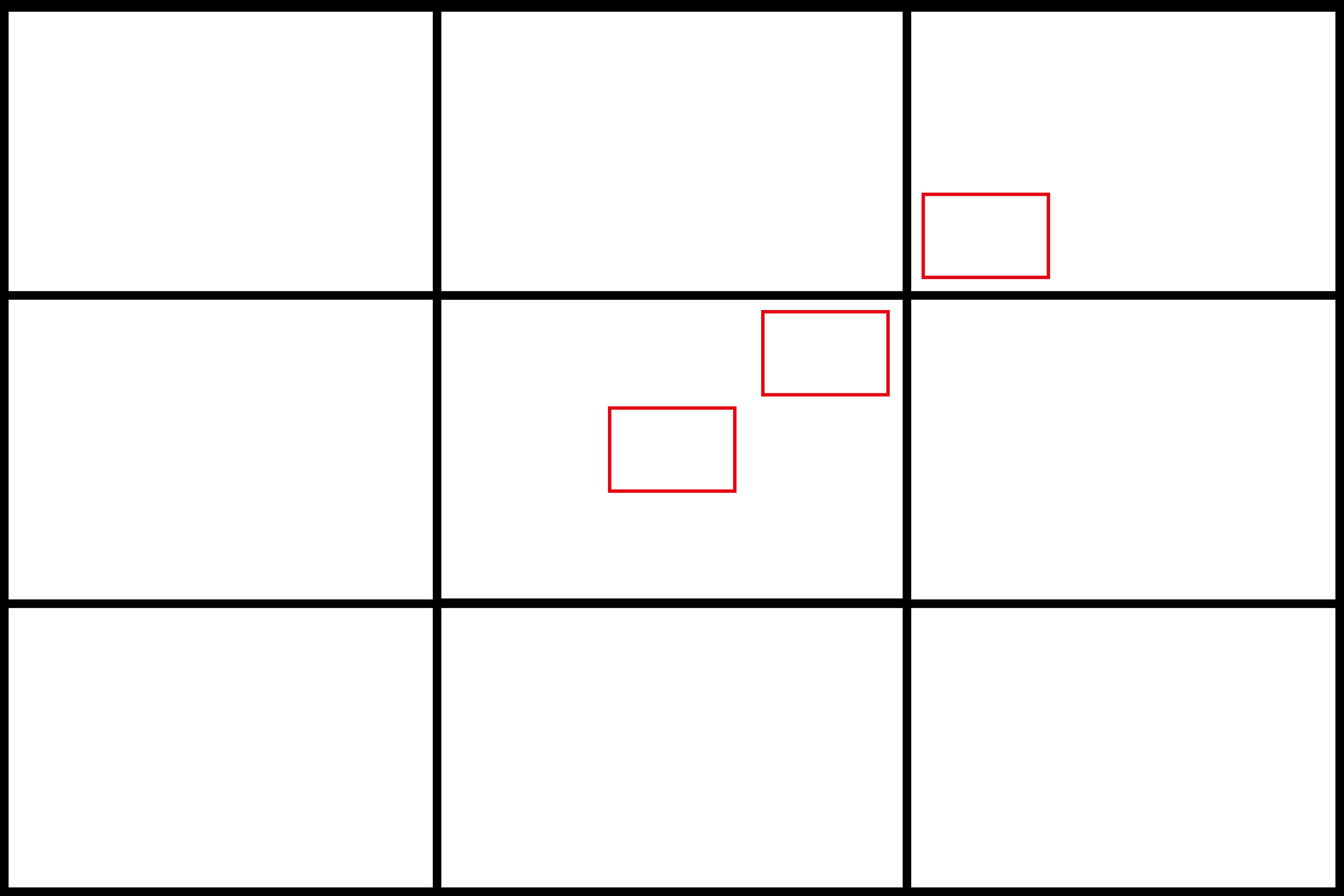
Focus distance was roughly 1.0 m and the head on the note is more or less the size of a human eye.
I will compare it directly to the Sigma 35mm 1.2 Art and to the Voigtlander VM 35mm 1.7 + 5m PCX.
Voigtlander VM 35mm 1.2 III <—> Sigma 35mm 1.2 Art
Now this is also for those, that wonder why the Sigma 35mm 1.2 Art is so big while the Voigtlander VM 35mm 1.2 III can be so small: a lenses’ quality is defined by more than the specification sheet.
The Voigtlander lens seems to be a unit focus design optimized for a certain focus distance which is probably around 1.5 to 2.0 m.
At maximum aperture it is a bit soft at 1.0 m and there is noticeable falloff to the corners.
The Sigma on the other hand always shows an impressive performance at f/1.2, no matter what distance or where in the frame you check.
The Voigtlander VM 35mm 1.2 III should not be dismissed here though, for a lens this small the performance is quite respectable and will often give satisfactory results in the real world.
I also checked the performance here on the Leica M10, no differences.
Voigtlander VM 35mm 1.2 III @ f/1.7 <—> Voigtlander VM 35mm 1.7 + 5m PCX @ f/1.7
The Voigtlander VM 35mm 1.7 + 5m PCX shows – again – a remarkable performance here, as it easily beats the new VM 35mm 1.2 III stopped down to f/1.7 while being wide open everywhere in the frame.
close (0.50 m, 1:11)
100% crops from center, A7rII
Close focus performance is an area where the smaller fast lenses like the Voigtlander 40mm 1.2 E or 50mm 1.2 E struggle, as they don’t feature a floating elements design and the Voigtlander 35mm 1.2 III behaves very similar.
Performance wide open at the minimum focus distance ain’t that great (unless you are after a dreamy look).
But stopping down to just f/2.0 improves the performance significantly.
If you are looking for a 35mm 1.2 lens that performs great at every distance have a look at the Sigma 35mm 1.2 Art.
Flare resistance
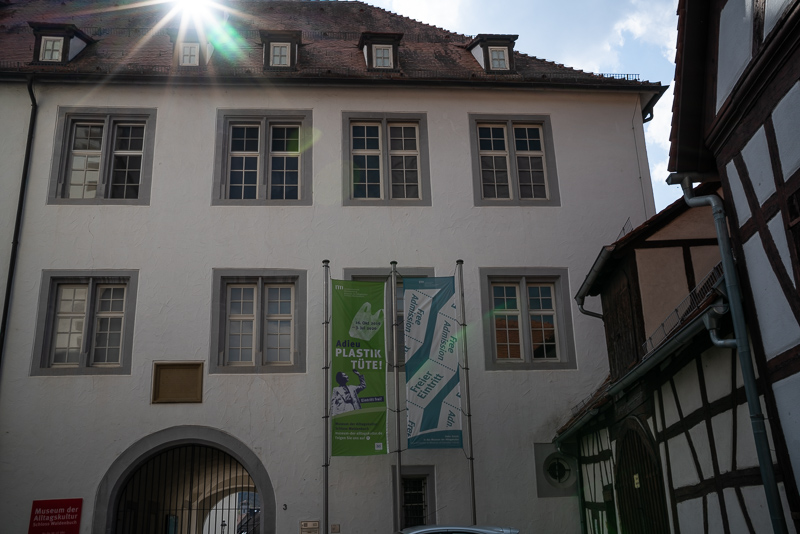
As always evaluating flare is a complex matter since you can get any lens to look bad if you push it hard enough and a slight change of scenario will affect results a lot.
But in fact it is very hard to make this lens look bad. Already previous Voigtlander lenses like the 50mm 1.2 have surprised us with a surprisingly good flare resistance and this holds true for the VM 35mm 1.2 III.
I am showing you some of the worst case examples here and I really had to push it to create some ghosts.

Even with the sun close to the corner of the frame (where many lenses struggle) the performance is still good:
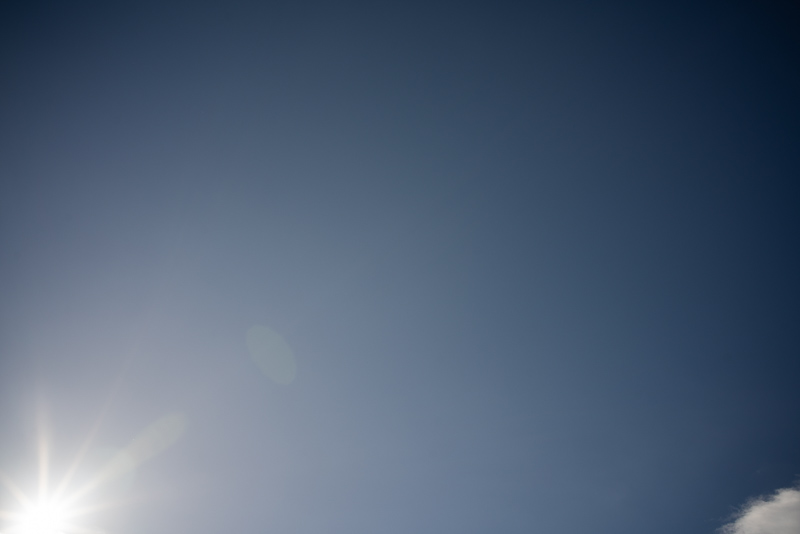
So, not having a hood in the package isn’t a big deal here.
Coma
The other fast Voigtlander lenses are not exactly famous for great coma correction at wider apertures and the Voigtlander VM 35mm 1.2 III is no exception here. Coma starts to look okay from f/2.8, but there is noticeabe astigmatism present at this aperture, so better stop down to f/4.0 if possible for taking pictures of scenes like these.
100% crops from extreme corner, focused on corner, A7rII
We know that a different filter stack can have an effect on the off center performance of a lens, so I also had a look how it performs on the Leica M10.
100% crops from extreme corner, focused on corner, Leica M10
At f/1.2 and f/1.4 the differences are minor compared to the Sony camera, but on the Leica M10 the Voigtlander VM 35mm 1.2 III shows less astigmatism at f/2.8, so I would be okay with using f/2.8 instead of f/4.0 here.
I always find actual stars less demanding than blue hour cityscapes, so even though the M-mount cameras are not exactly the primary choice of astrophotographers (for a number of reasons), I also used this lens on the Leica M10 to take some pictures of the milky way and it performed better than I would have expected.
Distortion
The distortion of the Voigtlander VM 35mm 1.2 III is really nasty, as it is very wavy and also not very low and easily visible with straight lines running through the picture. In Lightroom there is no profile for the MK III M-mount version available but you can use the profile for the E-mount version, as I did for the comparison above. This profile corrects the distortion really well.
Bokeh
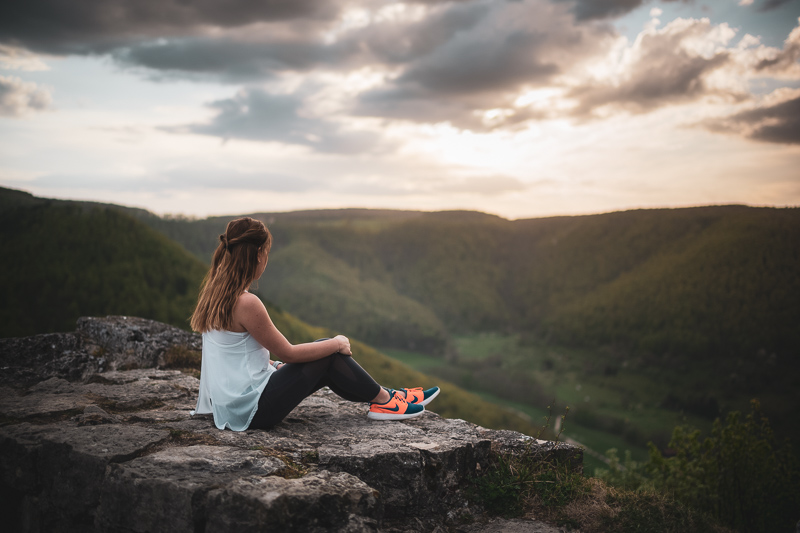
For most interested in this lens the bokeh rendering will be a very important aspect, as the maximum aperture makes it a great choice for taking environmental portraits. Therefore we will have a look at the bokeh rendering at different distances, compare it to other 35mm lenses and also have a look whether there are differences when the lens is used on a Leica or a stock Sony camera.
Close distance

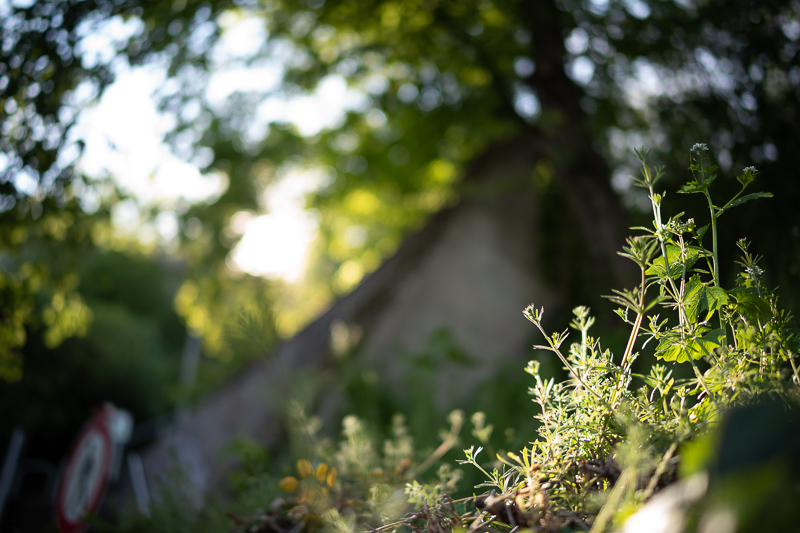
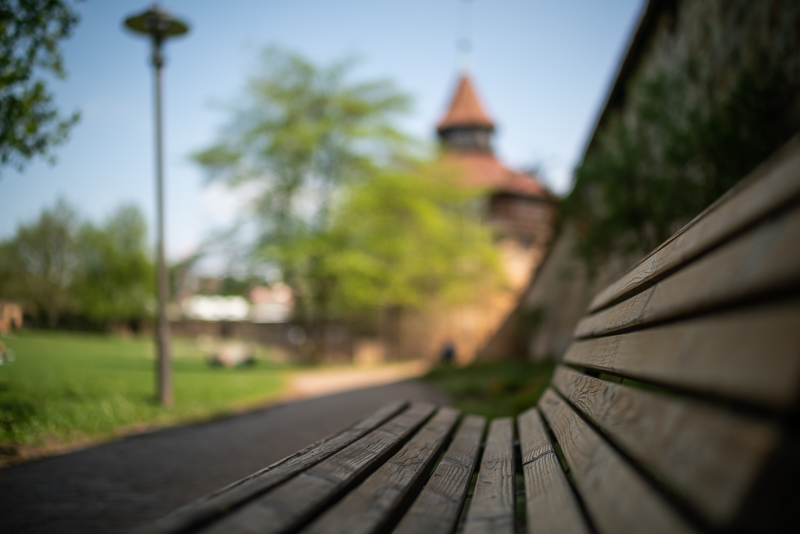
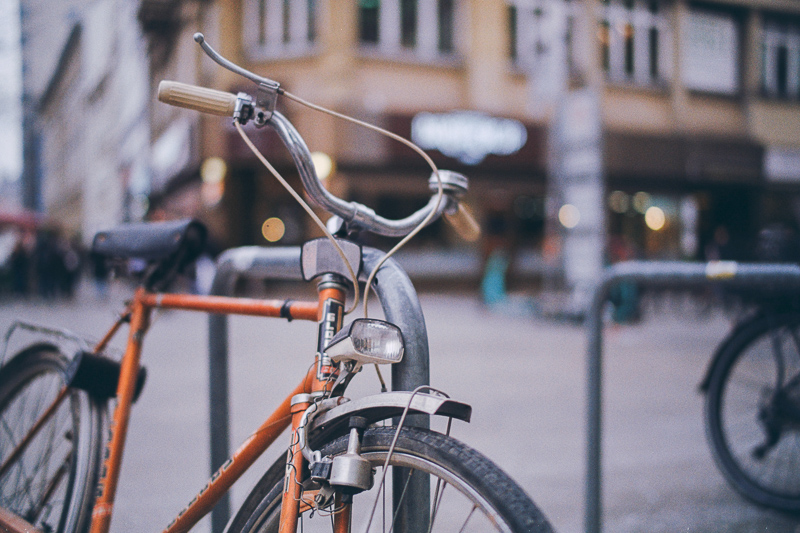
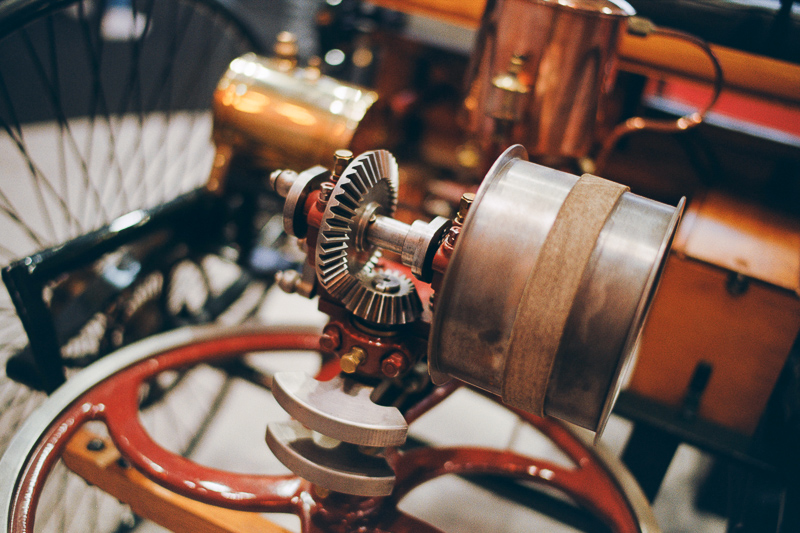
At closer distances very smooth, no complaints.
Mid distance
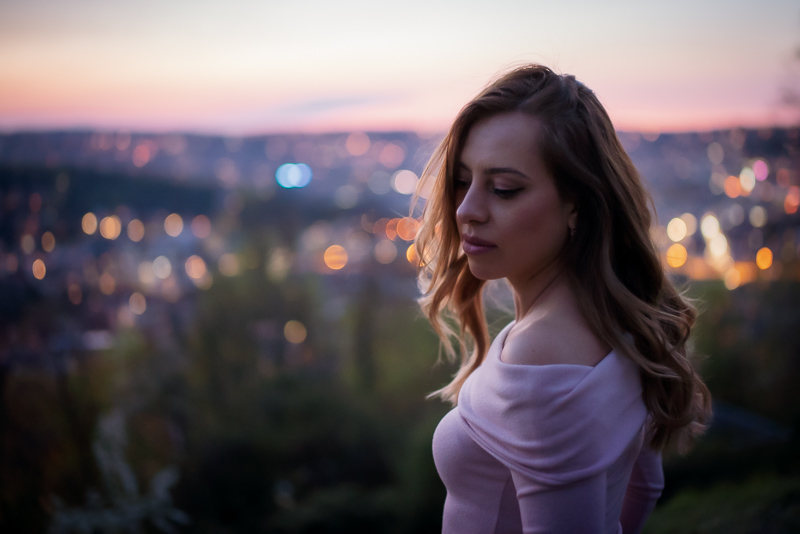
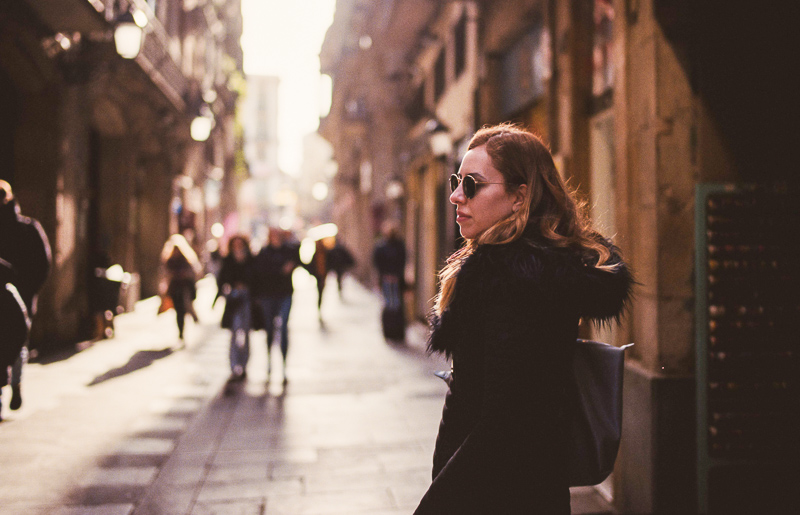

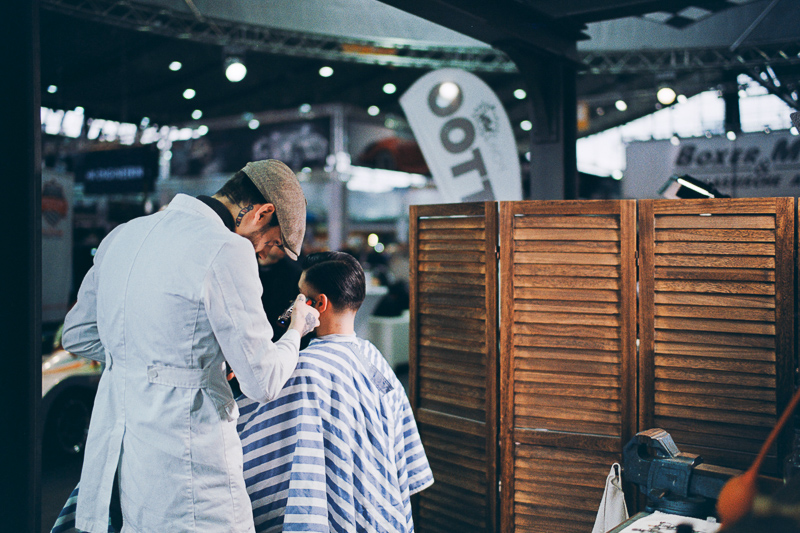
Still very smooth, cat’s eyes are clearly noticeable in scenes with point light sources in the background though.
Long distance
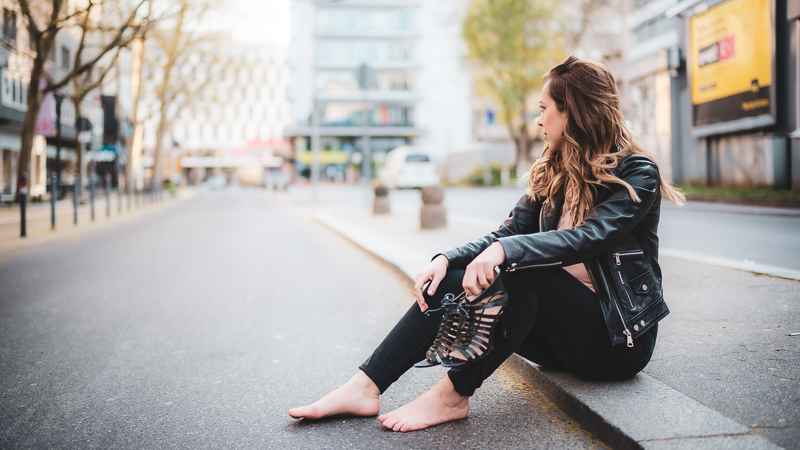
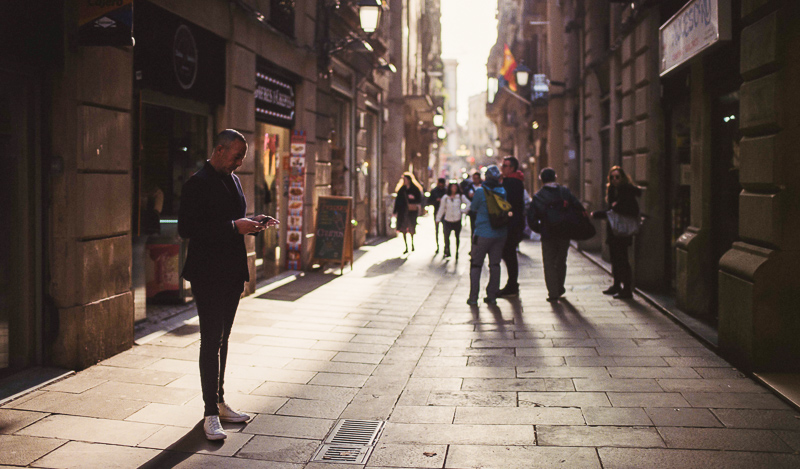

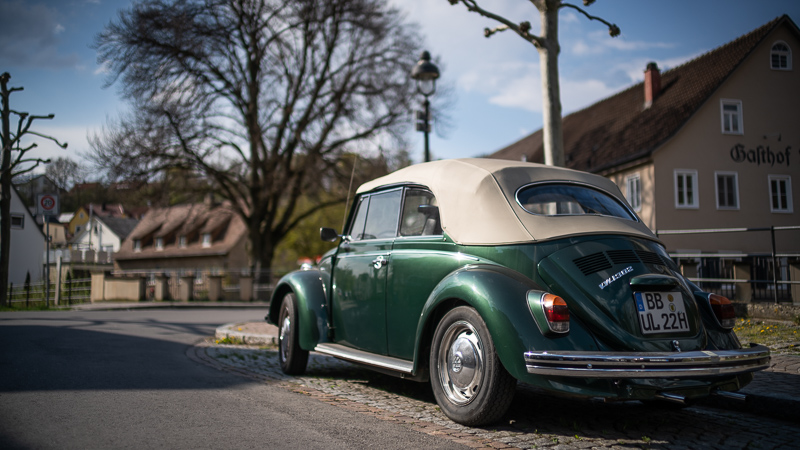

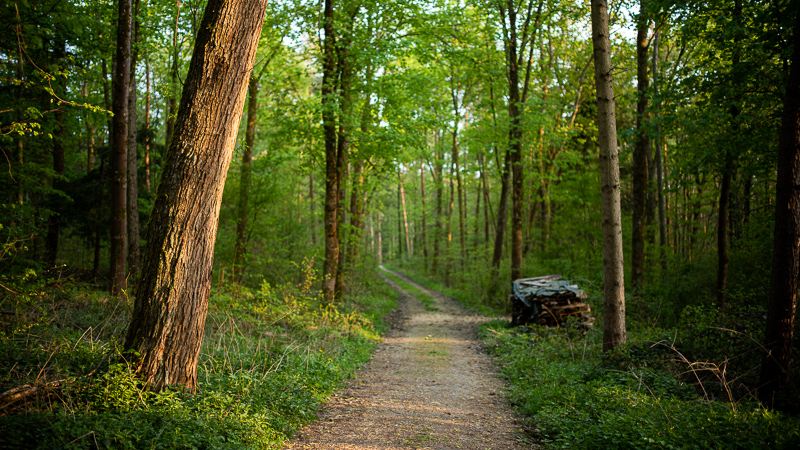
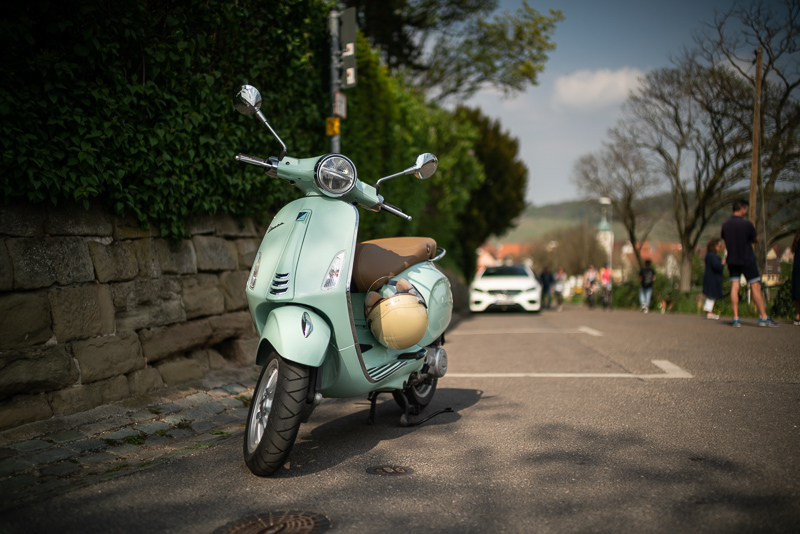
The strong optical vignetting in combination with filter stack induced field curvature leads to not so nice corner bokeh at these distances, when the lens is being used on a Sony camera with its thick filter stack. Something we have seen with many small rangefinder lenses in the past when used on a stock Sony camera.
Have a look at the “Compared to Sigma 35mm 1.2 Art (Long Distance)” section at the end of this chapter where I investigate this a bit more.
Compared to Sigma 35mm 1.2 Art and VM 35mm 1.7 + 5m PCX
Overview
Corner Crops
What did we learn from this comparison?
When the VM 35mm 1.2 III is used on the Leica M10 the corners look slightly smoother than on the A7rII.
Off center the Sigma 35mm 1.2 Art shows significantly cleaner, smoother bokeh, this is very apparent in the corners.
VM 35mm 1.2 III looks very similar to the VM 35mm 1.7 + 5m PCX when stopped down to f/1.7.
Compared to Sigma 35mm 1.2 Art (Long Distance)
Overview
Corner Crops
The picture of the cannons from the “Long distance” section lead me to make this comparison.
In the past we have often seen worse bokeh in the corners when using rangefinder wide angle lenses on Sony cameras due to filter stack induced field curvature.
In the beginning I thought this lens may be less plagued by this, as sharpness wise there was only little difference between Sony A7rII and Leica M10 at infinity, but this scene clearly shows this behaviour is still present in this lens’ design.
The E-mount version of this lens, namely the Voigtlander 35mm 1.2 III SE, has been optimized for the Sony filter stack, so shows bokeh in the corners similar to what we see here when the lens is being used on an M-mount camera.
Sunstars
The sunstars are well defined between f/2.0 to f/22. If you want to know more about sunstar rendering of different lenses have a look at this article.
You can also see the noticeable spherical aberration at f/1.2 here.
90% crops from center, A7rII
Chromatic aberration
lateral
100% crops from corner, A7rII
Lateral CA are on a medium level and easily corrected in post by one click in Lightroom.
longitudinal
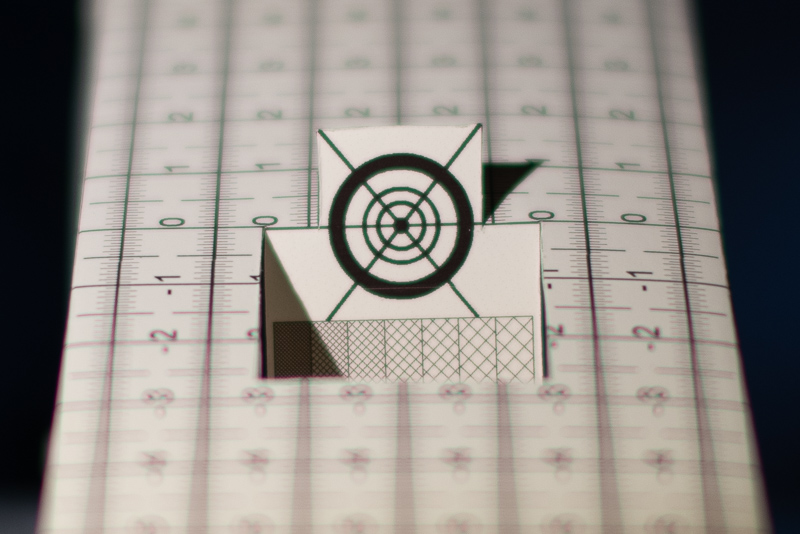
Near the minimum focus distance the Voigtlander VM 35mm 1.2 III shows a noticeable amount of longitudinal chromatic aberration (and also some spherical aberration) wide open. Already stopping down to f/1.4 helps with getting rid of the aberrations close to the plane in focus. To get rid of the magenta and green fringing you have to stop down to f/2.8 (see Focus Shift section).
At longer distances loCA in the out of focus areas (“bokeh fringing”) are present and can be noticeable, but they are not excessive and in the background are also a bit masked by generally smooth out of focus rendering (thanks to spherical aberration):
Leica M10 | Voigtlander VM 35mm 1.2 III | f/1.2
Purple fringing is really nasty though, this is one of the worst performances I have seen in a 35mm lens yet (maybe have a look at my Sigma 35mm 1.2 vs 35mm 1.4 vs 40mm 1.4 comparison where I shot the same scene):
Sony A7rII | Voigtlander VM 35mm 1.2 III | f/1.2
Conclusion
good
|
average
|
not good
|
M-mount user
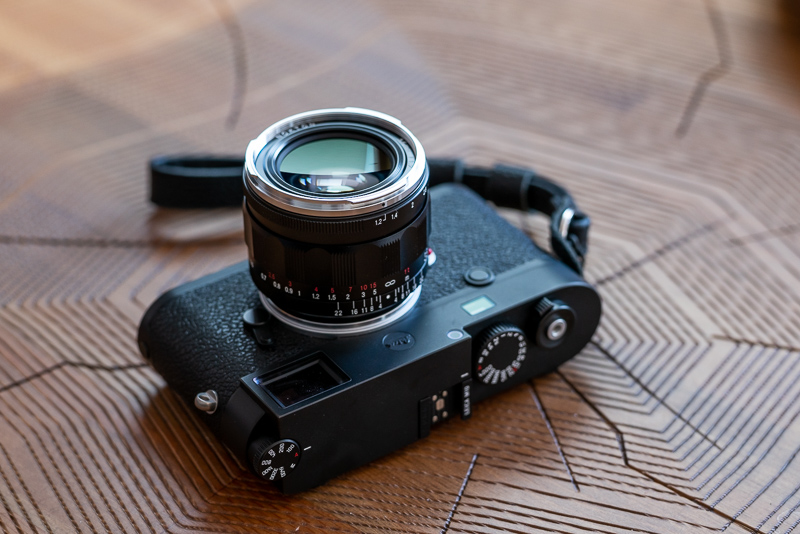
The Voigtlander VM 35mm 1.2 III balances well on the Leica M10, better than its predecessors or the Zeiss ZM 35mm 1.4.
There is still a bit of finder blockage and it is obviously bigger than the Leica Summilux-M 35mm 1.4 Asph FLE or other slower 35mm lenses, but I am sure you are aware of that already.
The good news is that it shows no relevant focus shift, unlike I saw on the aforementioned FLE.
At longer distances (environmental portrait) the rangefinder is accurate enough even at f/1.2, at shorter distances it may be advisable to use Liveview or an EVF if possible.
If you want a fast 35mm lens and you don’t mind the size I see no reason not to get this lens. There are also some improvements over the 40mm 1.2 that would make this my clear choice if deciding between them (not even talking about having framelines for this one).
Sony E-mount user
For E-mount users the already discontinued Voigtländer 35mm 1.2 Nokton SE is the better choice.
You can usually find the Voigtlander VM 35mm 1.2 III on CameraQuest, B&H, Robert White, amazon.com or ebay.com/ebay.de for about $949/1099€ (affiliate links)
Alternatives
E-mount
Just lately we put together a rather comprehensive guide on 35mm lenses for Sony FE cameras which should give you a good overview. I will talk about a few obvious alternatives in more detail here though:
Voigtlander 35mm 1.2 Nokton SE:
This is the same lens but optimized for Sony cameras. It therefore shows better off center performance when used on an E-mount camera and you will also benefit from the lens communicating with your camera thanks to electronic contacts.
This E-mount version has already been discontinued, so if you want one I recommend getting one rather sooner than later.
buy from amazon.com | amazon.de | B&H | ebay.com for $699 (affiliate links)
Voigtlander 40mm 1.2 Nokton E:
This was the first lens of the new f/1.2 series from Voigtlander and we have seen some improvements such as better polished aspherical elements (less pronounced onion ring bokeh) already with the 50mm 1.2 that have carried over to this 35mm 1.2 lens.
The 40mm 1.2 also has a rather abrupt drop in sharpness in the extreme corners which can be visible even at smaller magnifications.
Therefore I would personally recommend the new 35mm 1.2 lens if the focal length is not a deciding factor to you.
buy from B&H | amazon.com | ebay.com | ebay.de for $749 (affiliate links)
Sigma 35mm 1.2 Art:
The Sigma shows much higher sharpness and contrast at f/1.2 than the Voigtlander 35mm 1.2 at pretty much every aperture value over most parts of the frame.
It is a really big and heavy AF lens though, and pricier.
I am sure you already know whether you want to carry this lens or not and whether you need AF or not, which will make your decision easy.
buy from amazon.com | B&H | ebay.com | ebay.de for $1499
M-mount
You can find reviews of many 35mm lenses for M-mount here. I will talk about some of the obvious alternatives in more detail here:
Voigtlander VM 40mm 1.2:
See what I have written above for the E-mount version of this lens.
Voigtlander VM 35mm 1.2 I and II:
I have not used these lenses personally, but a reader and owner of MK II told me it performs similar, but shows much stronger onion rings, so I doubt there is still a reason to consider one of these older ones, unless you don’t mind the bigger size/higher weight and find a really good deal on a used one.
Voigtlander VM 35mm 1.7:
Now this is a tough one. The older 35mm 1.7 shows clearly better sharpness off center and at wider apertures (see the comparisons across this review) but it is also a stop slower while not being that much smaller or lighter (95g difference).
If you care more about sharpness I tend to still recommend the 35mm 1.7, if you lean more towards bokeh the new 35mm 1.2.
This lens has been discontinued already so you can mainly find it on the used market.
buy from ebay.com | ebay.de for $550 (affiliate links)
Zeiss ZM 35mm 1.4:
The Zeiss ZM 35mm 1.4 was released in 2014 and its emphasize is on high sharpness at the maximum aperture. It is very big and heavy for an M-mount lens though and this coupled with its very high price tag makes it hard to recommend in 2023 and counting.
buy from amazon.com | amazon.de | B&H | ebay.com for $2390/1999€ (affiliate links)
Sample Images
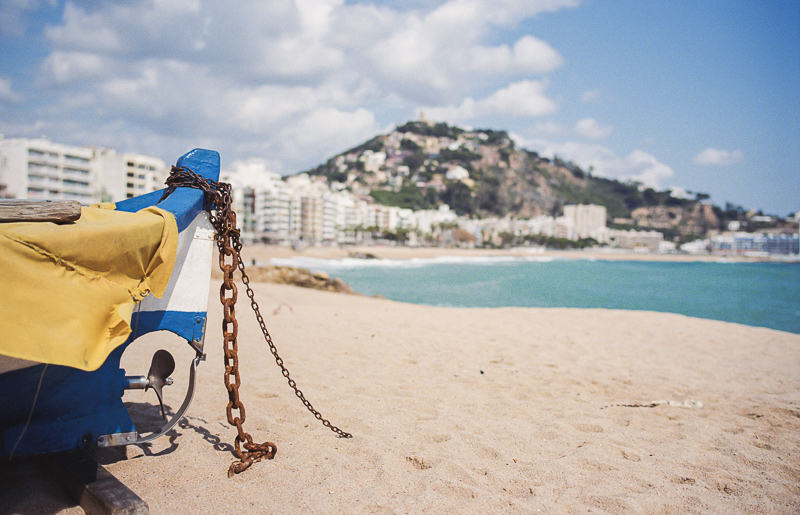

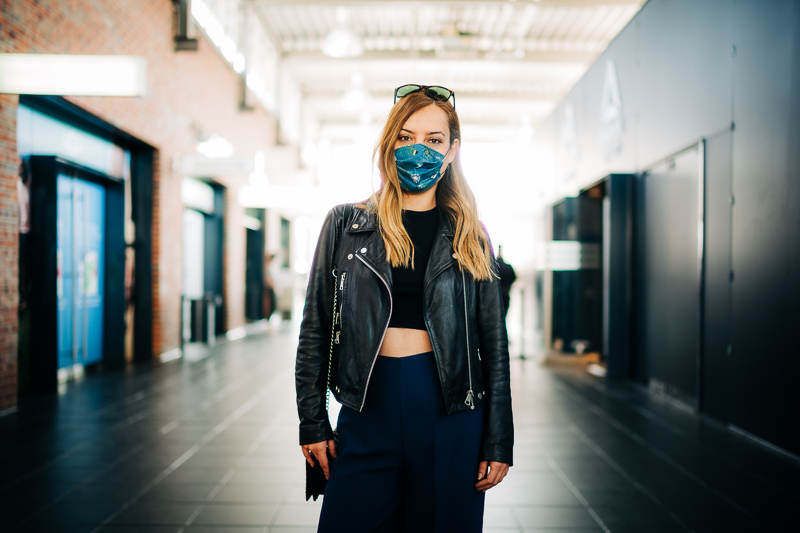



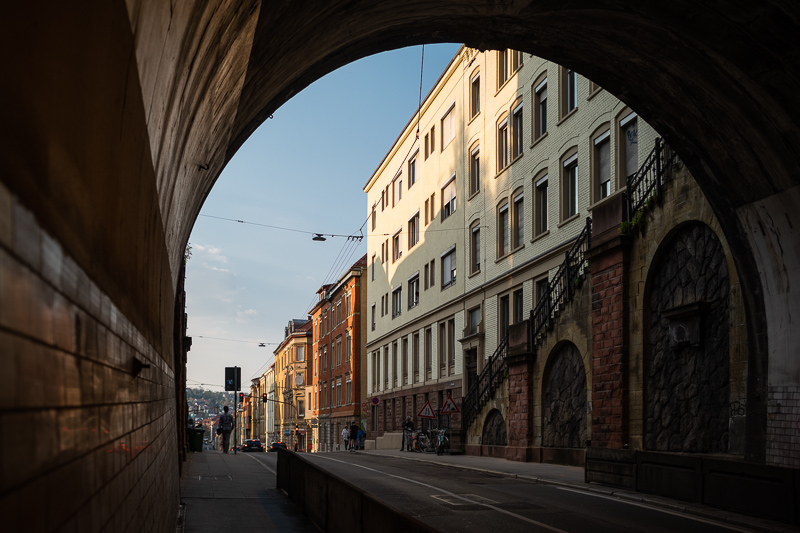

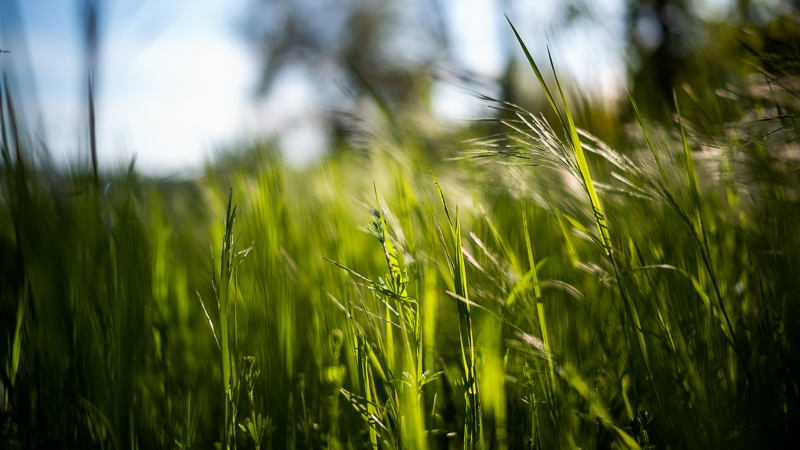
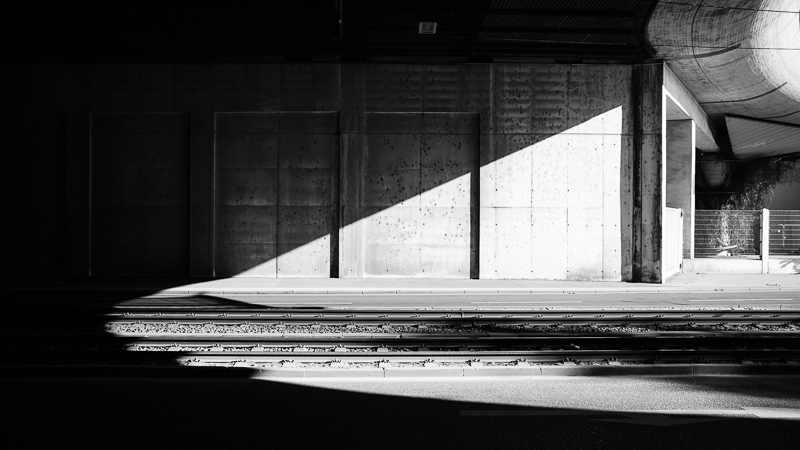
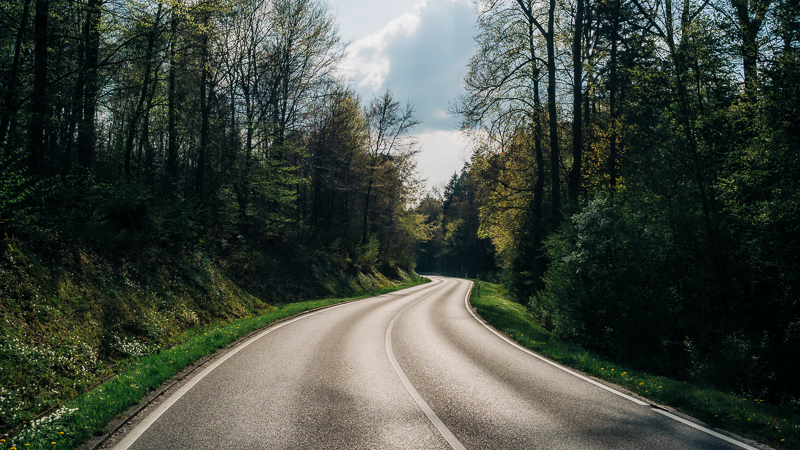
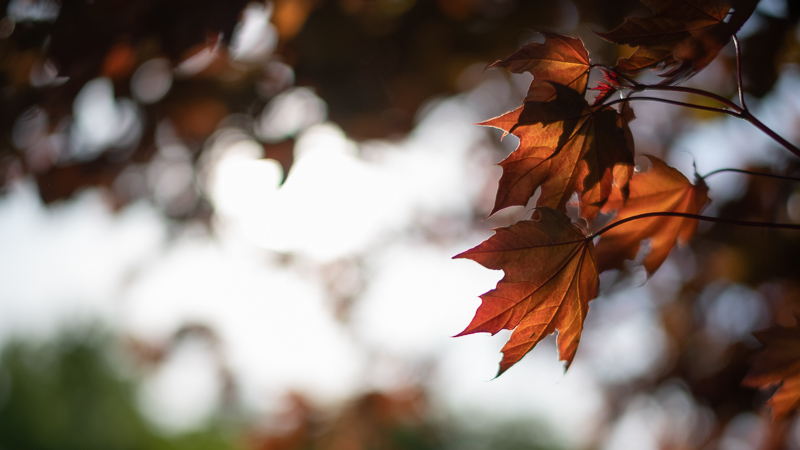

Most of the sample images in this review can be found in full resolution here.
Further Reading
- Sony FE lenses: Our comprehensive and independent guide
- Sony FE lenses: Our guide to portrait lenses from 85 to 135mm
- Review: Sony FE 85mm 1.4 GM
- Review: Voigtländer 50mm 1.2 Nokton E
Support Us
Did you find this article useful or just liked reading it? Treat us to a coffee!
![]()
![]()
![]() via Paypal
via Paypal
This site contains affiliate links. If you make a purchase using any of the links marked as affiliate links, I may receive a small commission at no additional cost to you. This helps support the creation of future content.
Latest posts by BastianK (see all)
- Review: Canon EF 50mm 1.0 L USM – Still the world’s fastest AF lens - December 30, 2025
- Review: Nikon Nikkor 105mm 1.8 Ai-s - December 28, 2025
- 2025 – Year in Review - December 23, 2025






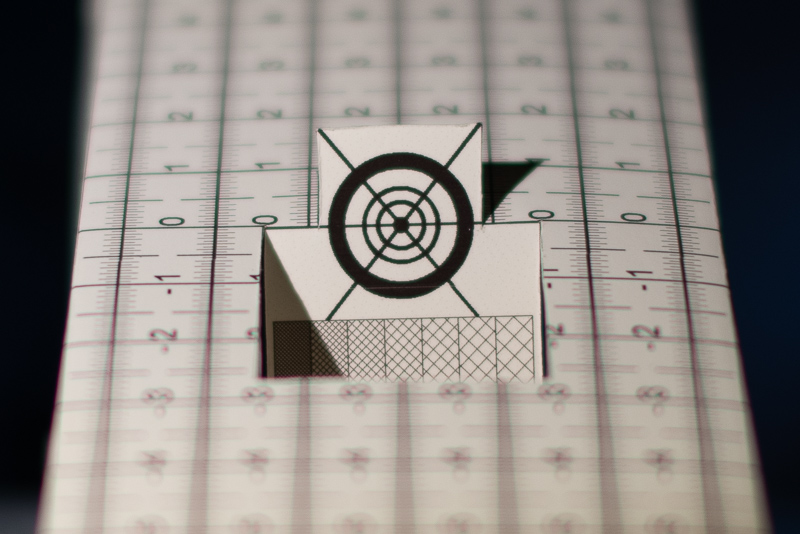
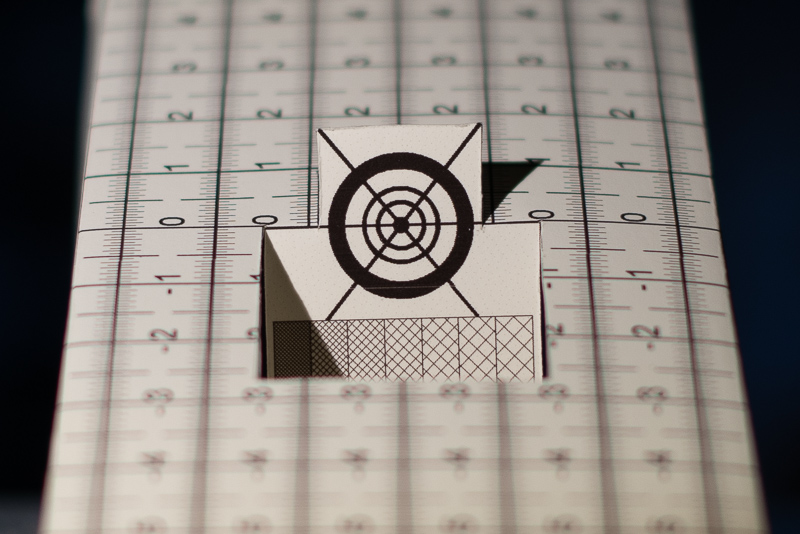
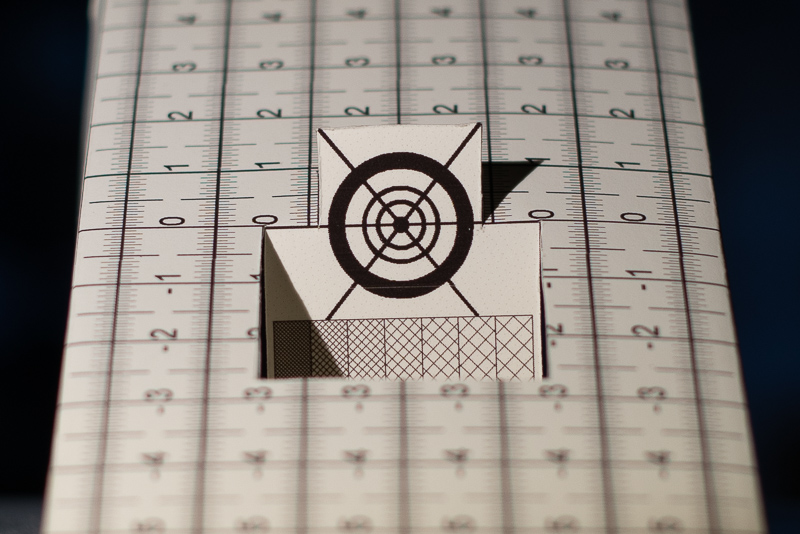
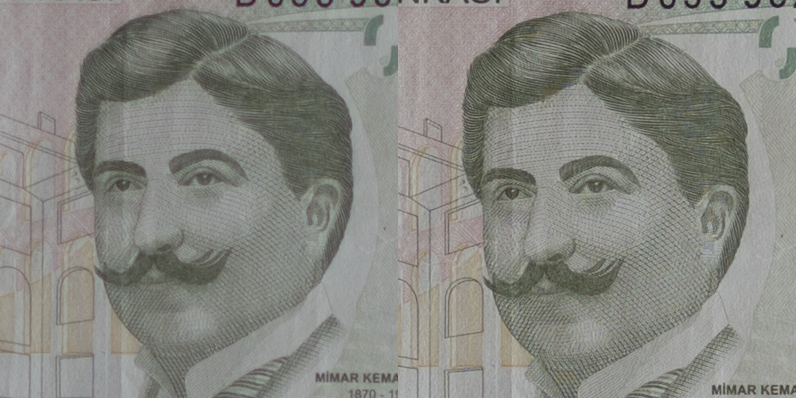



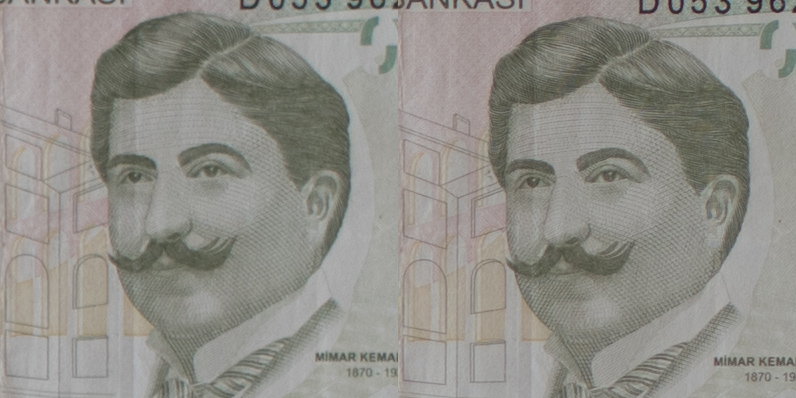
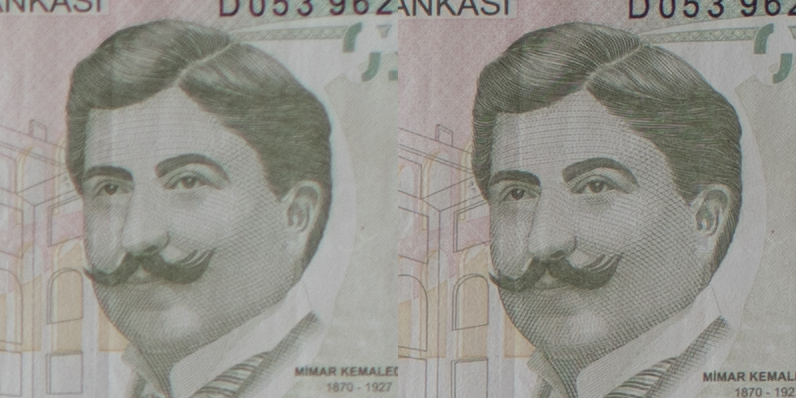
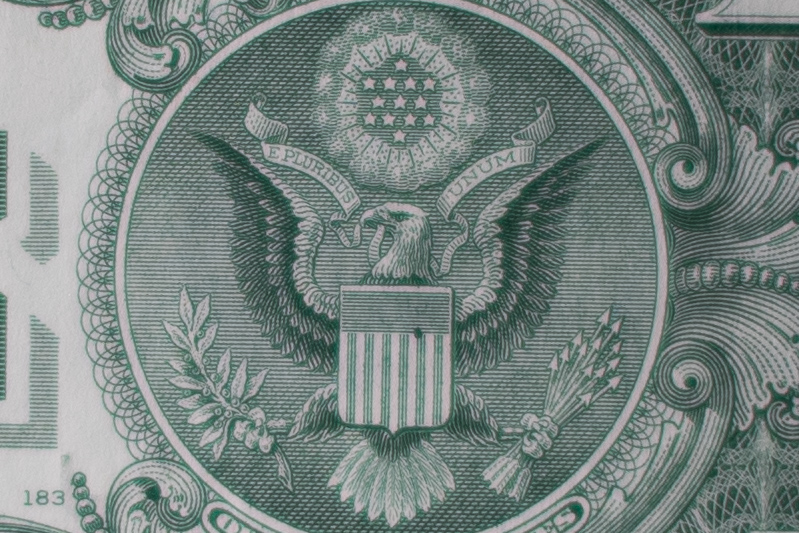

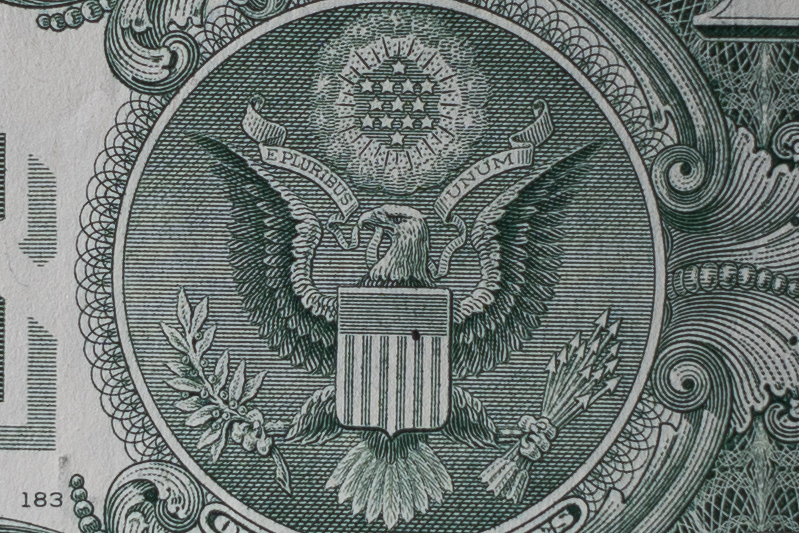




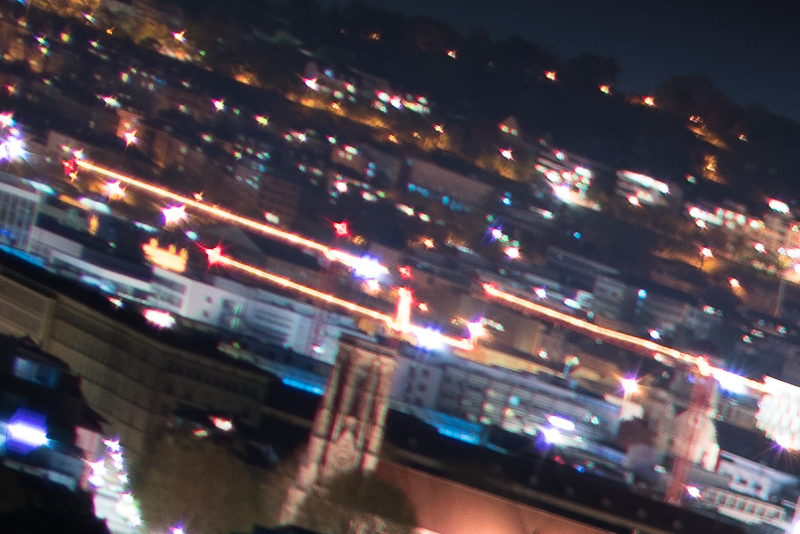
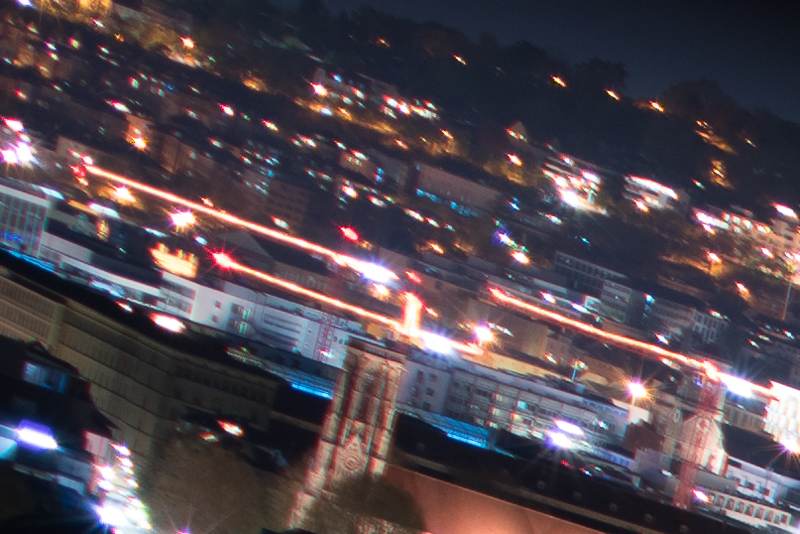
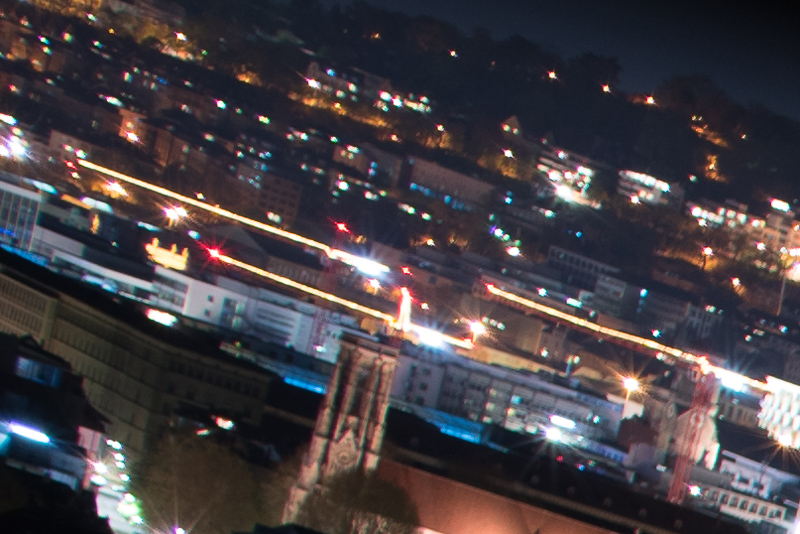

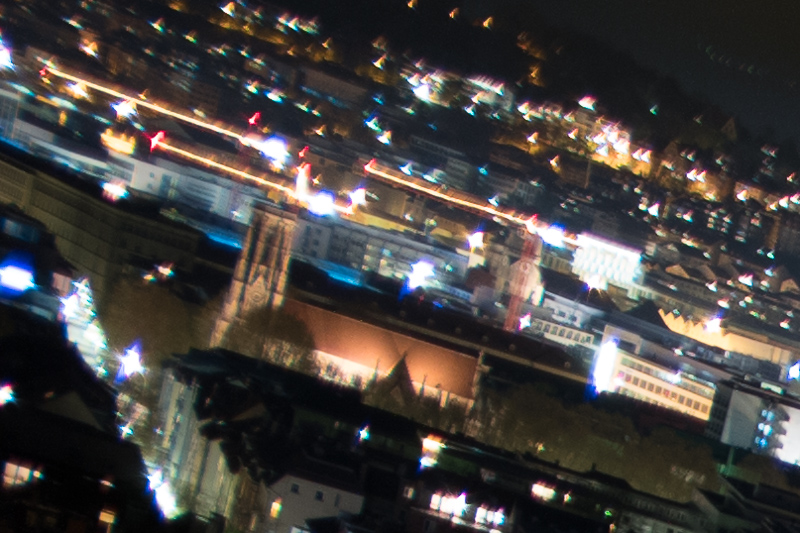
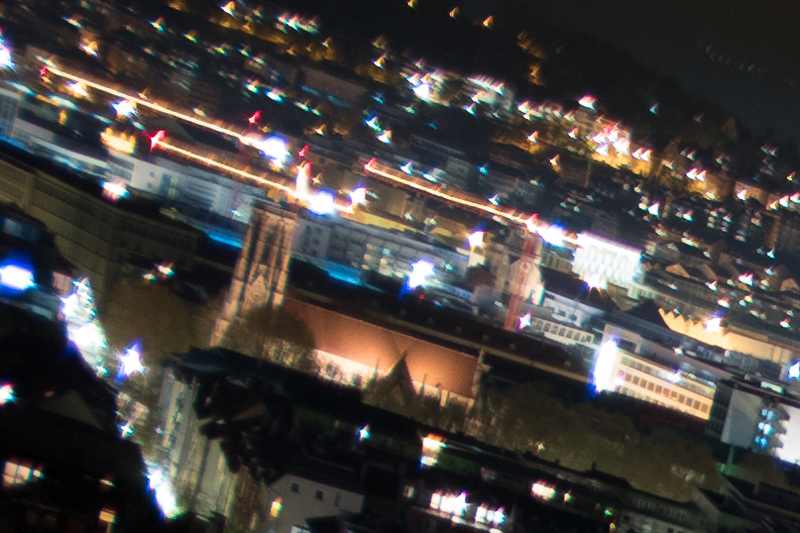

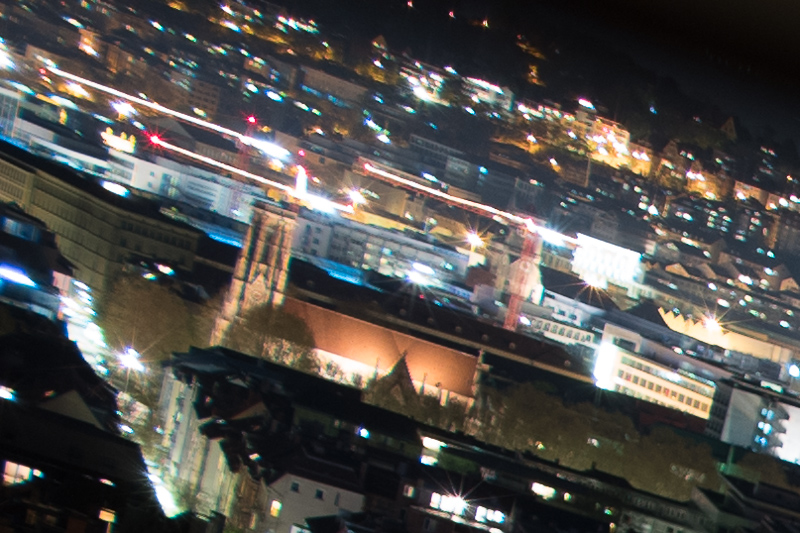
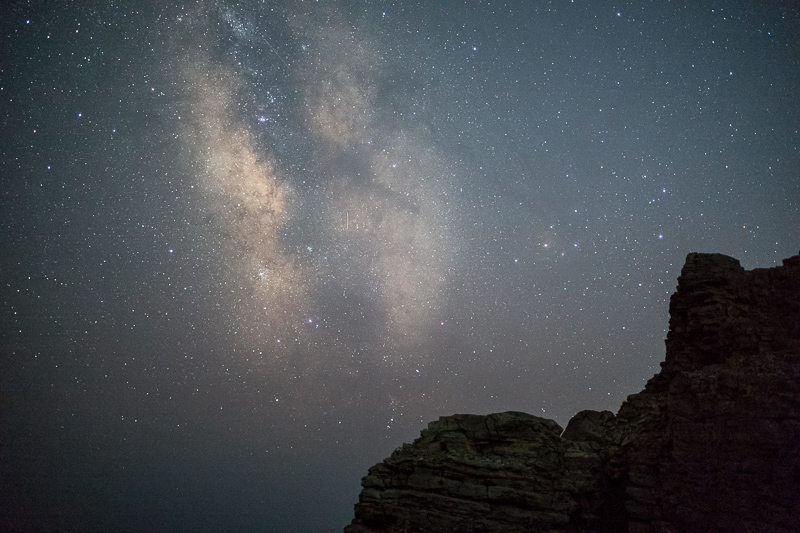

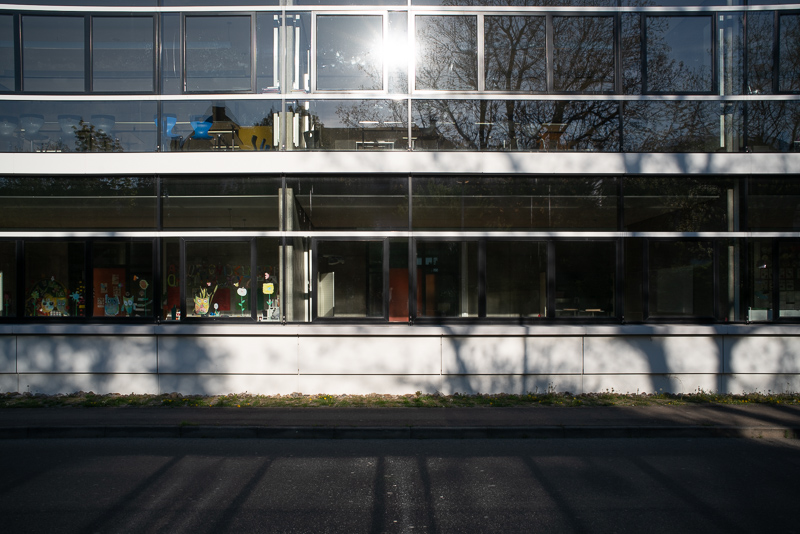
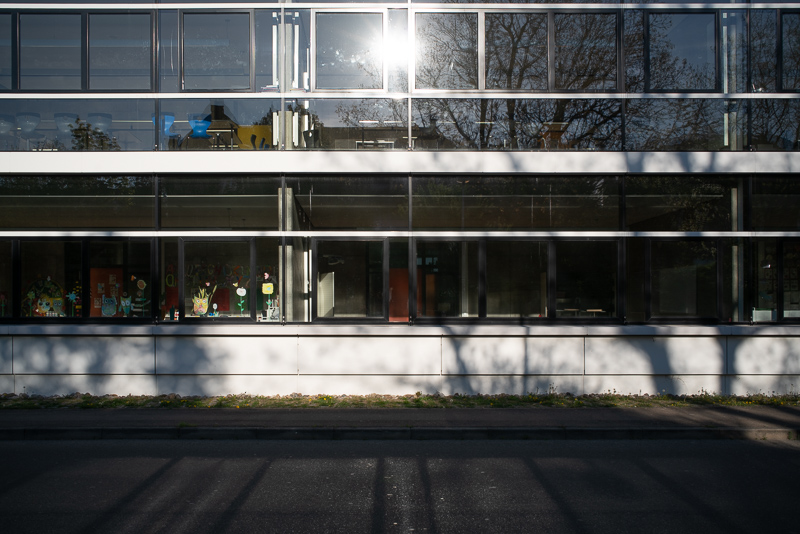

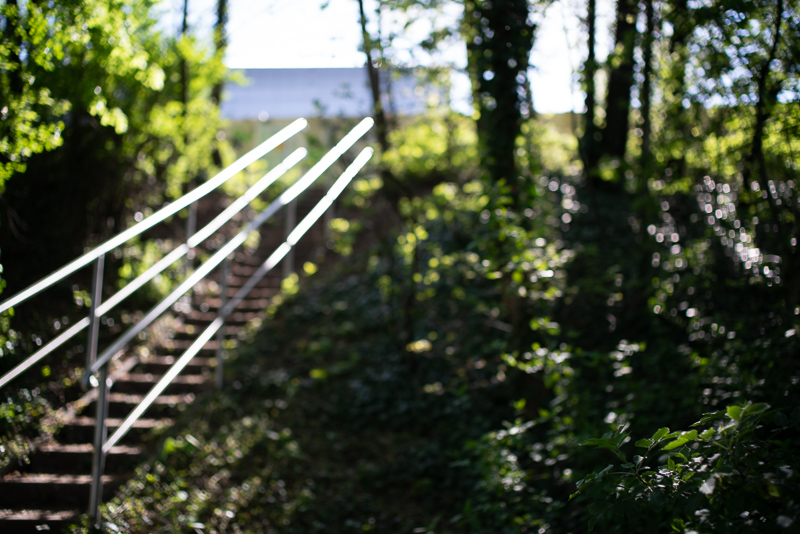
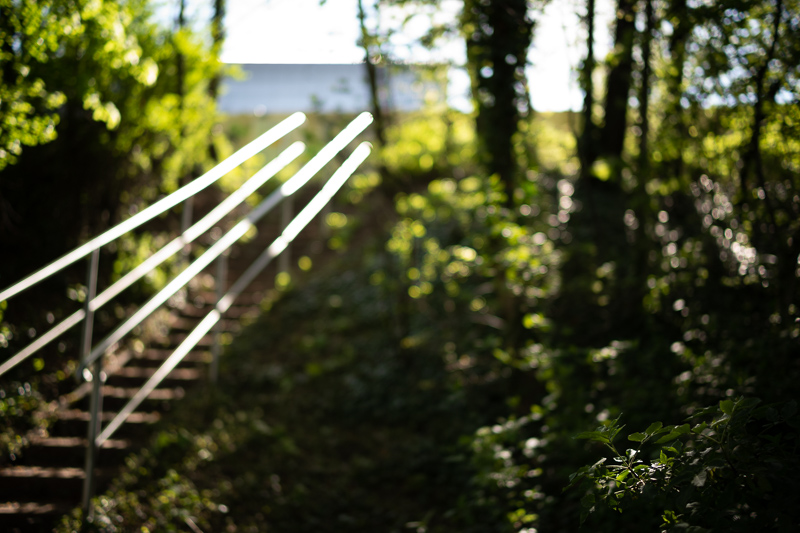
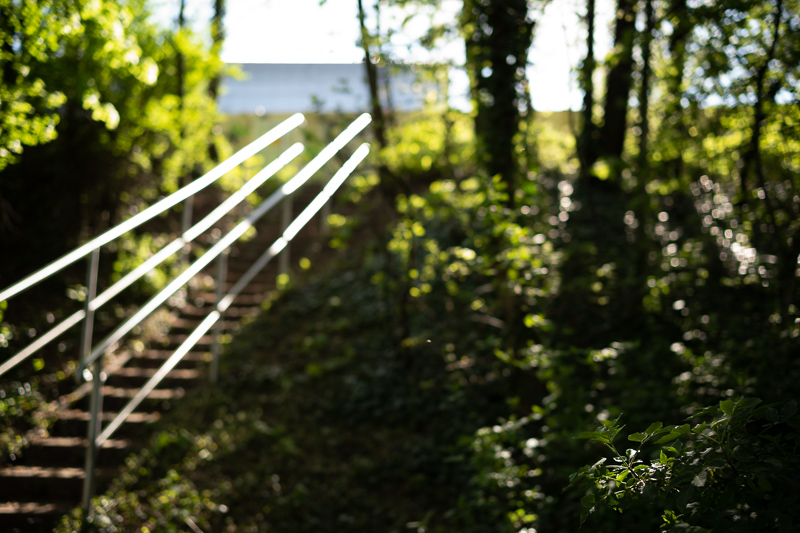
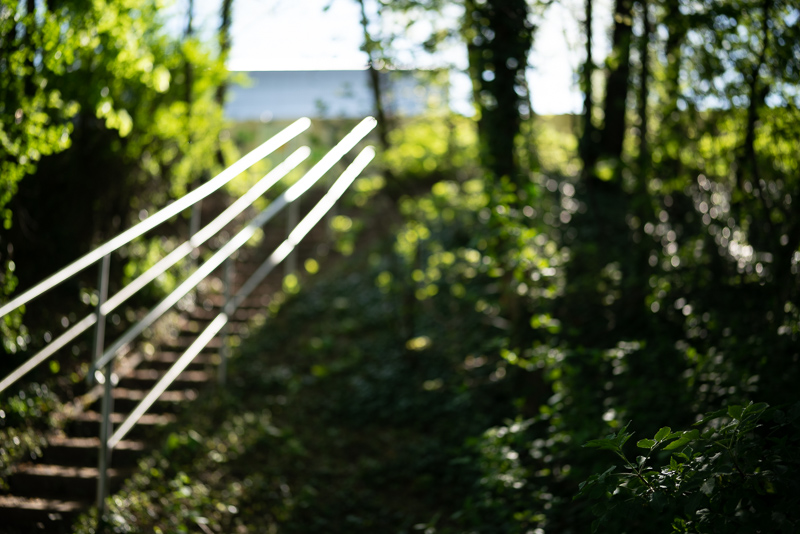

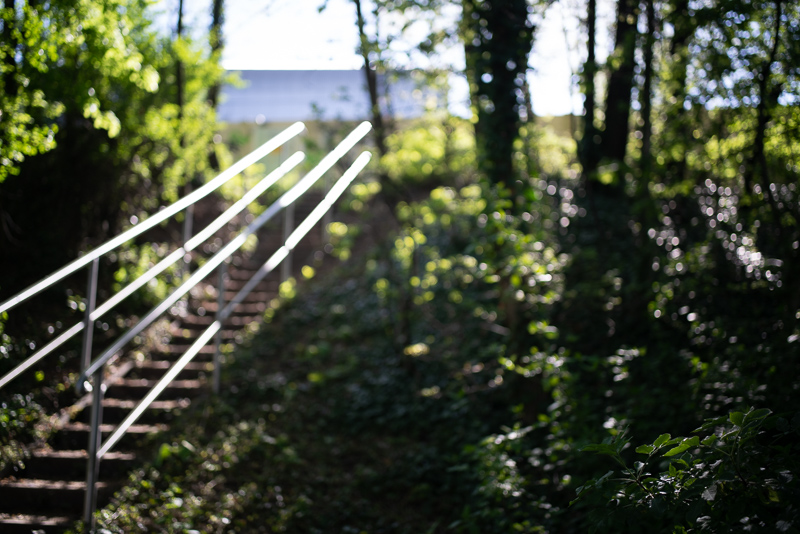
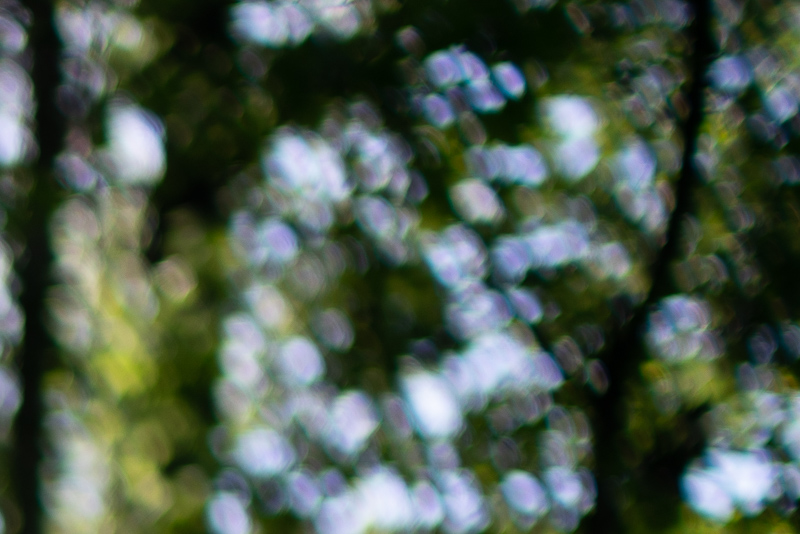
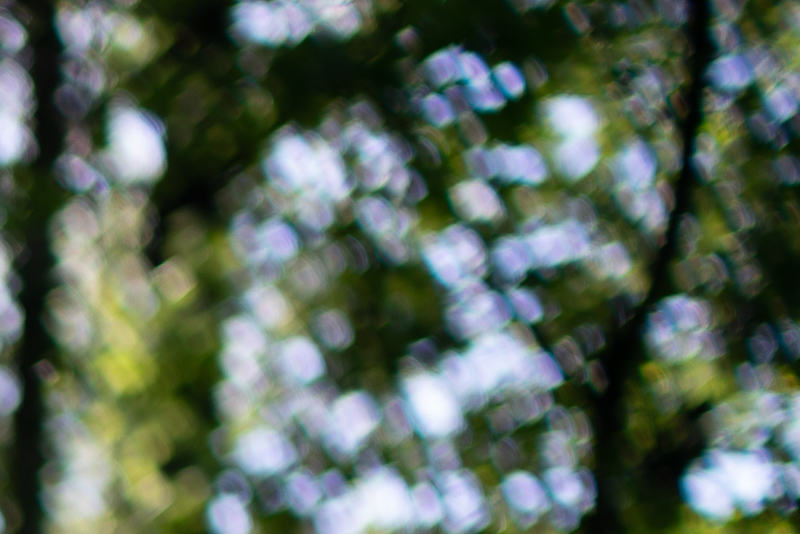
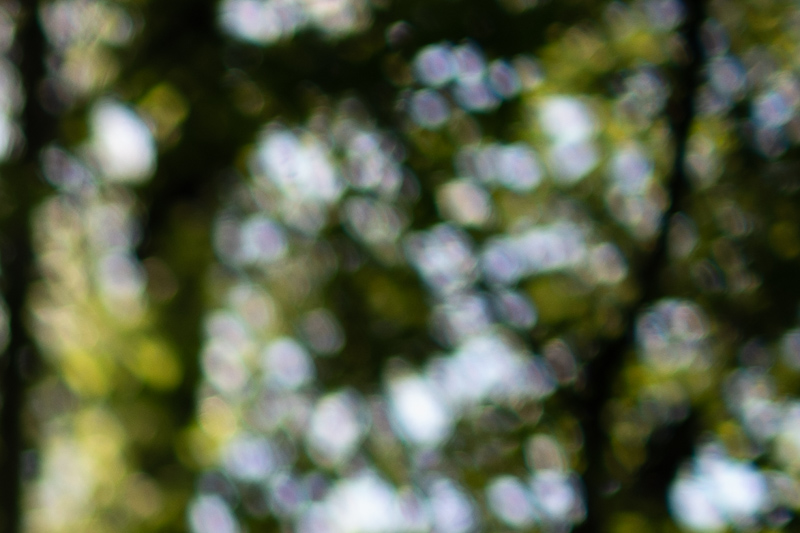
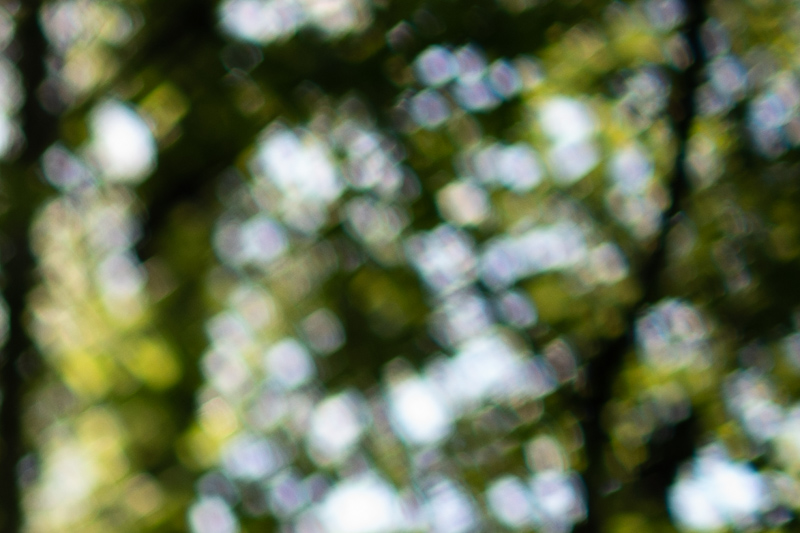
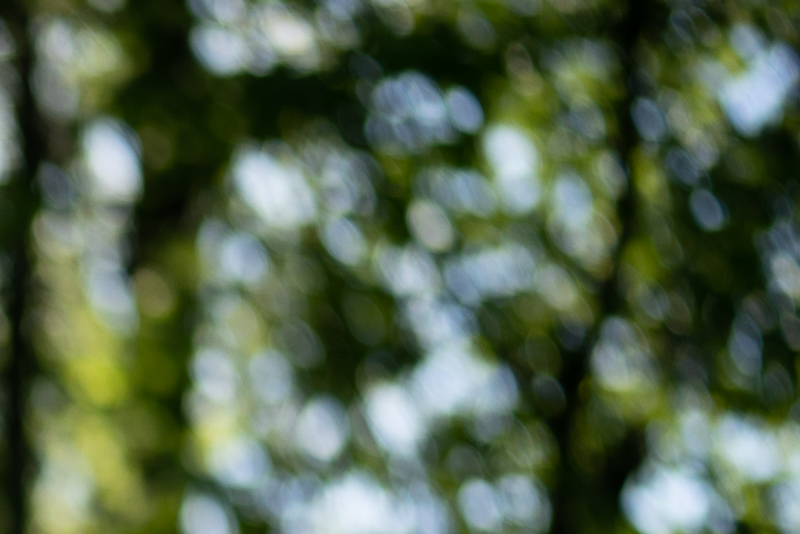
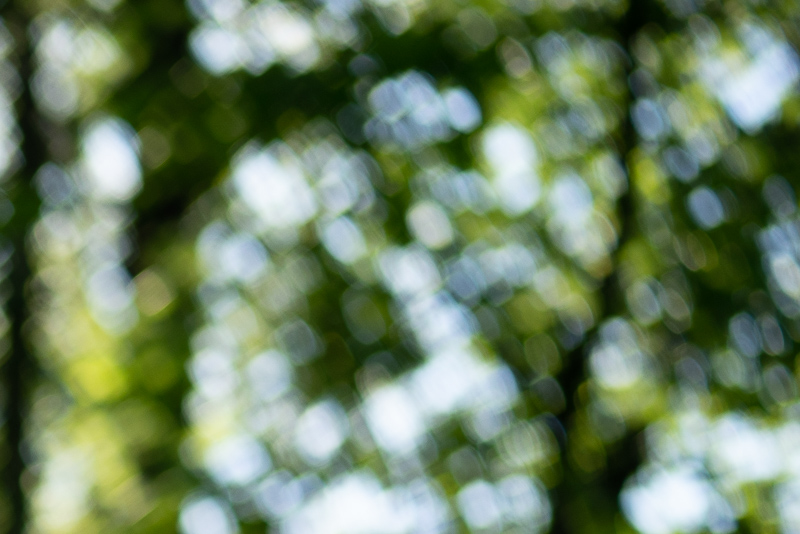
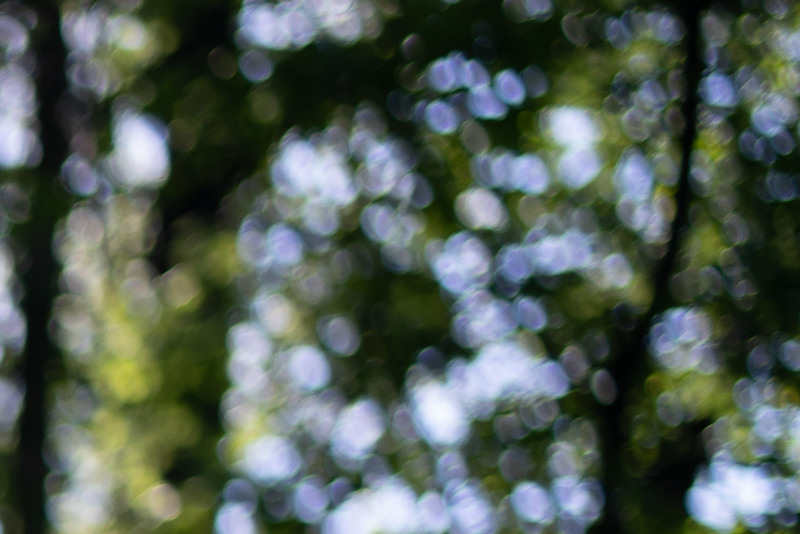

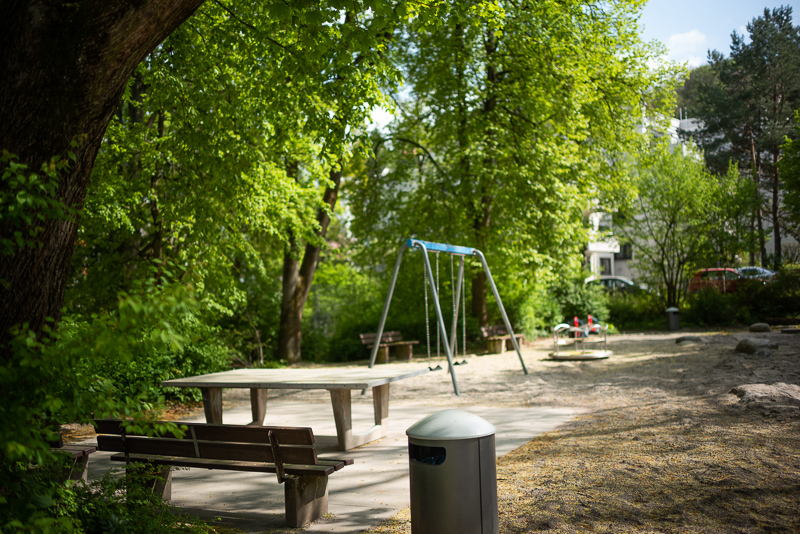


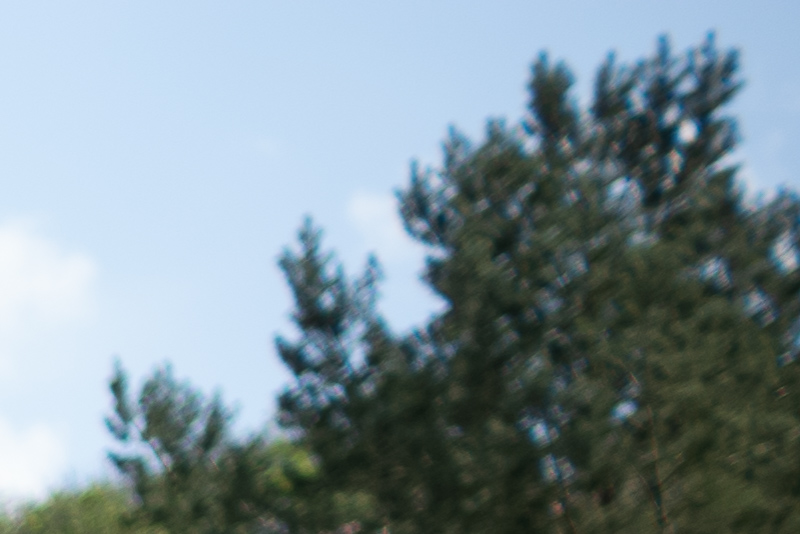
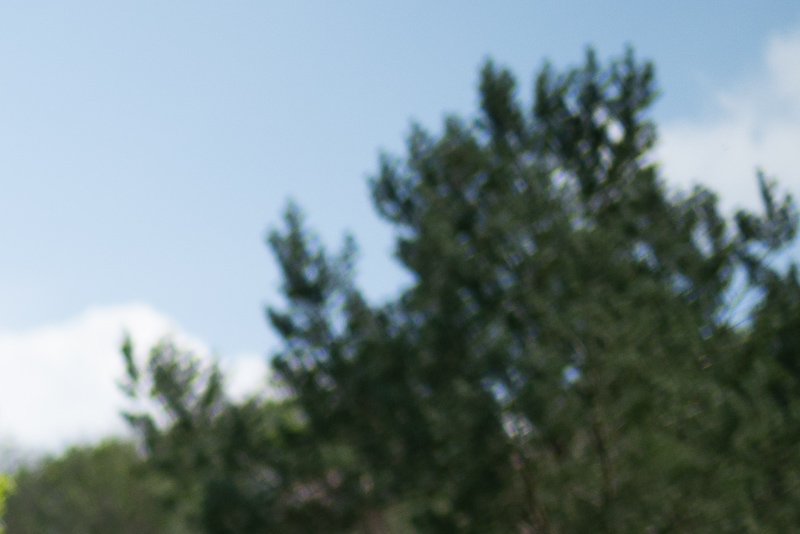


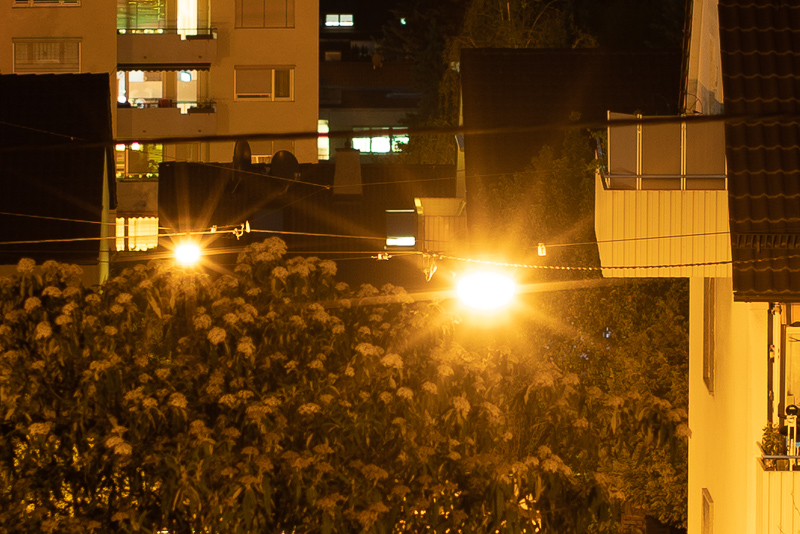
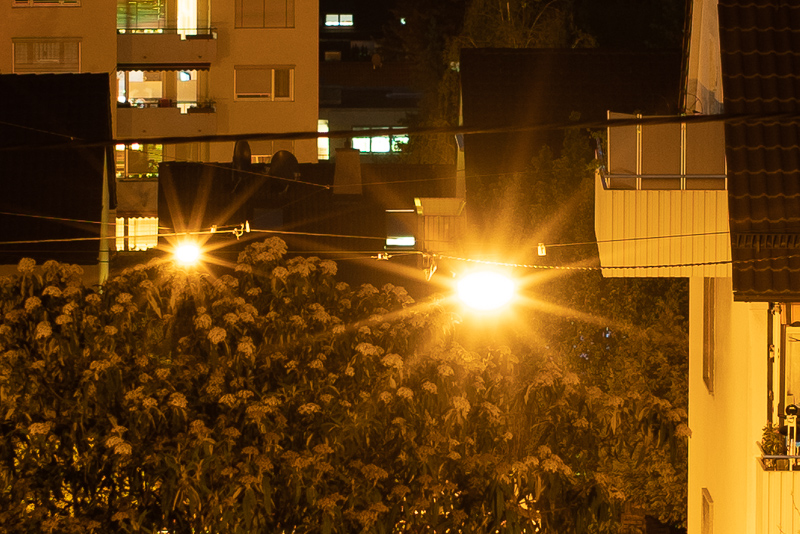




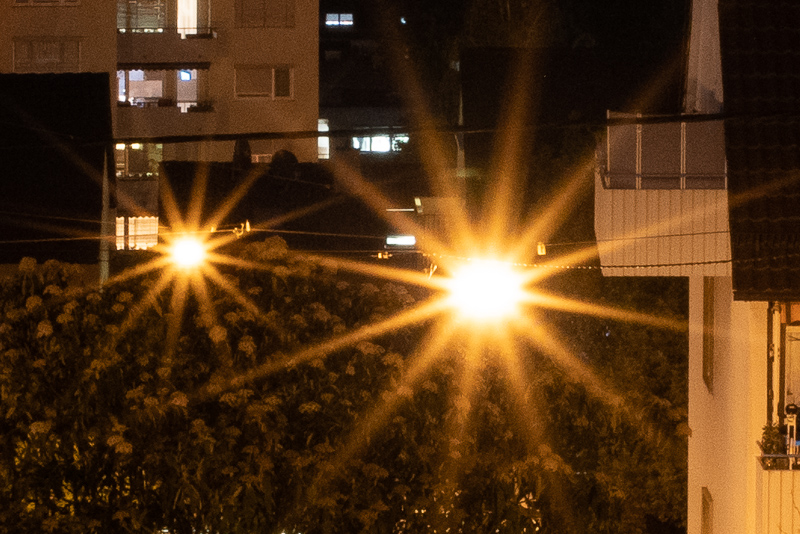

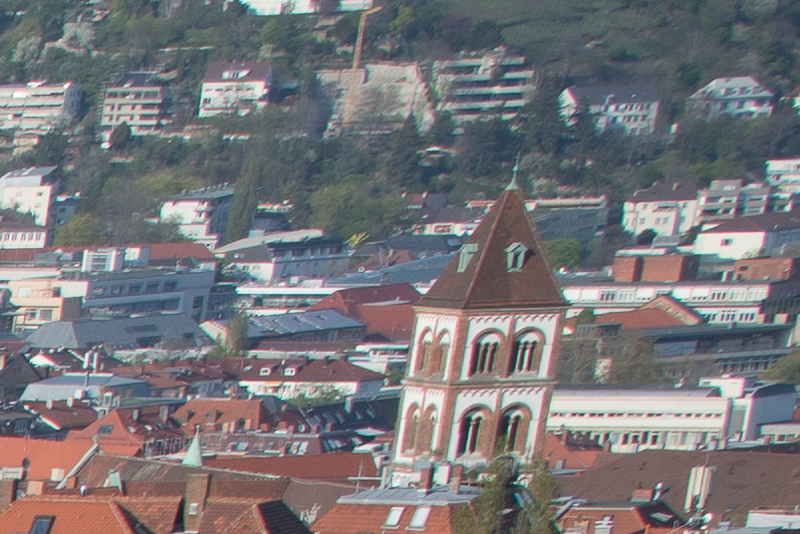
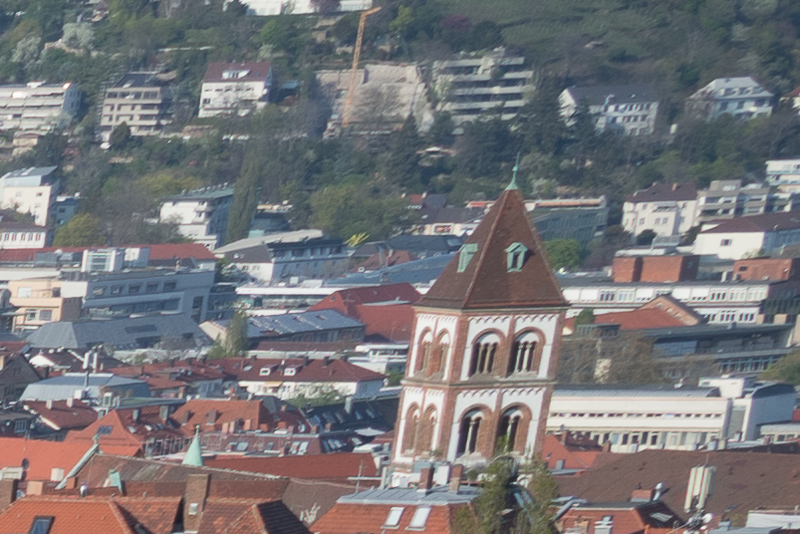
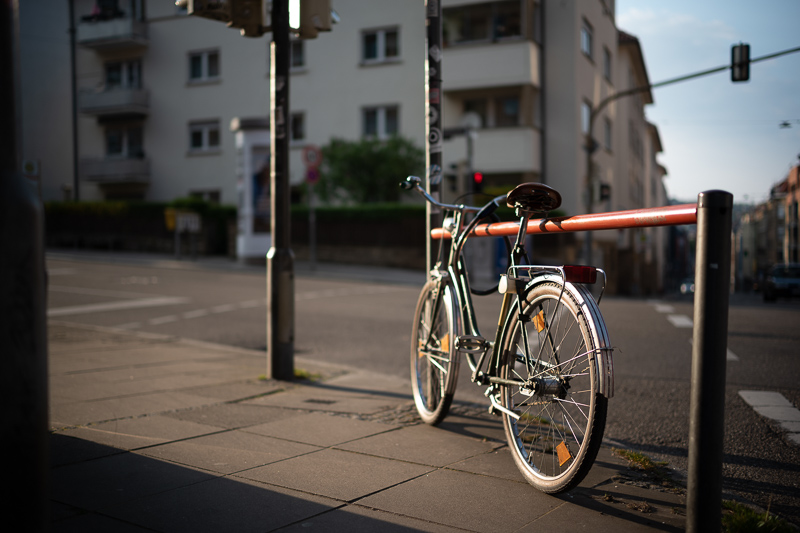
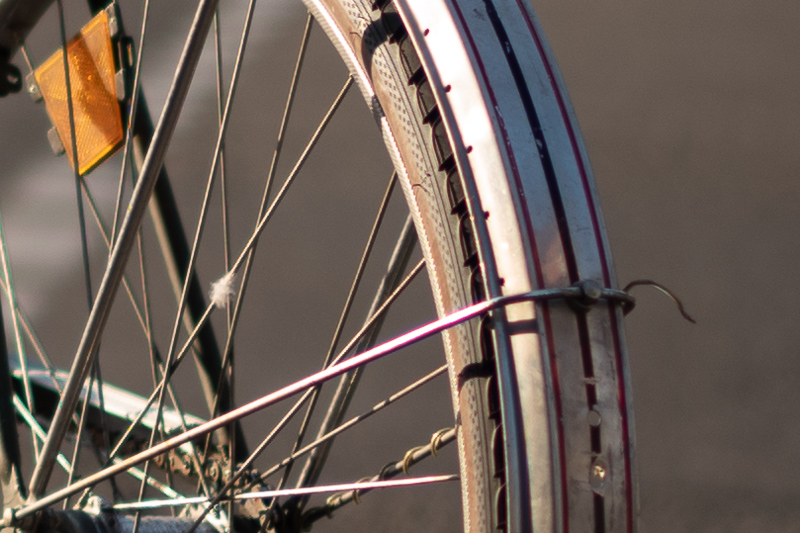
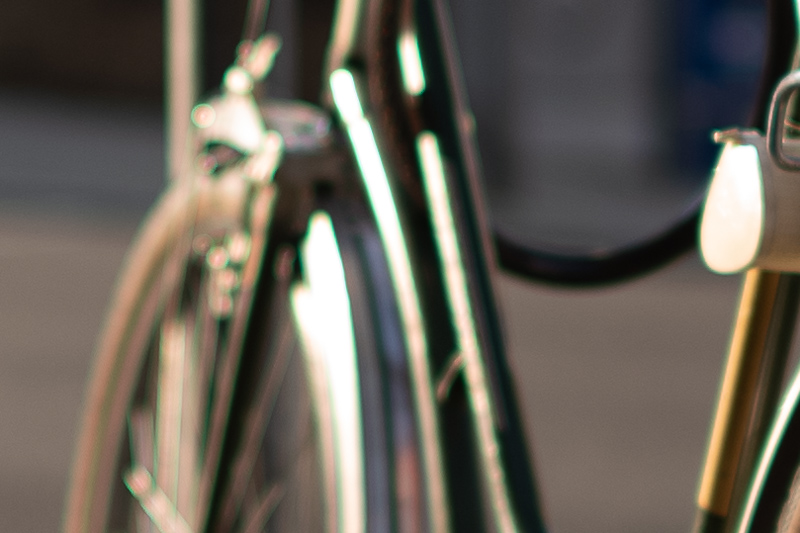


Hi Bastian, great comprehensive review !
It seems to me this lens’s closest VG competitor is the 35mm f1.7 Ultron which you mentioned as well. Did you have the chance to compare the sharpness wide open at portrait distance between the 35mm f1.2 III and the 35mm 1.7 Ultron ?
VM 35 1.7@1.7 is clearly better here than VM 35mm 1.2III@1.2, that I can already tell you.
I included the VM 35 1.7 at portrait distance in my Sony Fe 35mm 1.4 ZA review, same distance, just different banknote.
It is quite obvious that sharpness is higher here.
I did not yet compare VM 35mm 1.2III@1.7 to VM 35 1.7@1.7 though, that is kinda on my ToDo-list 🙂
Sounds good ! Since it’s a rolling review, i’ll keep watching !
I took the shots today, may take a few days until I get to adding them.
35mm 1.7 is significantly better at portrait distance than 35mm 1.2@1.7.
The 35mm 1.7 is a really remarkable lens.
I think i’ll keep the 35mm f1.7 for now. The 1.2 in E-mount is tempting for the “auto-zoom” function when turning the focus ring, but I think the sharpness of the 1.7 make the subjects pop more. I’m glad I have one, but such a shame they did not make an equivalent lens in E-mount !
I know 🙁
For someone with a Sony A7R I looking to buy a 35mm or street and some landscape photography would you would you go with the 1.7 adapted or the 1.2 Sony mount? I am currently trying to decide between the two
Well, the 35mm 1.7 really needs that 5m PCX filter to shine on a Sony body and this is connected to quite some hassle like finding a too short adapter to still be able to focus at infinity.
The 35mm 1.2 (VM III oder SE), it really is a bit soft away from the center at wider apertures. I actually wanted to replace my 35mm 1.7 with it but it didn’t work, so when I don’t need f/1.2 I rather stick to the 35mm 1.7.
Now as of today I would strongly consider the 35mm 2.0 APO Lanthar E. It seems to be sharper than the 35mm 1.7 without all the hassle and comes with the added comfort of Exif data.
I am also considering to replace my 35mm 1.7 with that lens, but having three different 35mm lenses already (VM 35mm 1.2 III, VM 35mm 1.7 + 5m PCX, Sigma 35mm 1.2 Art) I am not too much in a hurry…
The proper Photographer’s lens. Unlike Sigma, it’s meant for actual everyday carrying with you and making great photos, not for examining corners wide open at 400% magnification.
If only they decided to make AF-enabled and weather resistant FE variants…
You are making it a bit too easy for yourself here.
Wide open off center (where I usually put my subject) sharpness really ain’t that great on this small Voigtlander lens.
It already makes setting precise focus a bit hard sometimes.
There is no need to look at 400% magnification, it is obvious in the viewfinder already.
Adding AF also demands a completely different optical formula, which will add to the weight and bulk of the lens.
All the companies learned that lesson the hard way in the beginning of the AF days.
May have a look at the history of Nikon’s 70/80-200mm 2.8 lenses, the learning curve in optical engineering is quite obvious here.
We also saw that in the early Samyang lenses: their AF lenses were not necessarily equally good as the MF ones.
You use the Sigma 35mm 1.2 Art if you need to get a job (Wedding/Reportage/Concert/in focus picture of your child playing) done.
You can use the VM 35mm 1.2 III if you just want to have fun or you are shooting more steady subjects.
I don’t really understand all those top-of-the-line prime lenses with weight of around 1 kg. The last time I owned a lens of this magnitude (original EF 24-70/2.8 L), I ended up leaving my camera at home way too often, shooting with P&S instead. Until I purchased a lightweight Sigma 30/1.4.
This year-long dip in picture quality is clearly seen in my albums – ironically it was caused by the fact that my camera was simply *too good* for carrying to my trips. :-/
Surely, adding an AF motor into existing design isn’t easy, although Tokina managed to do that quite successfully.
Looks like the king of fast manual walkaround 35s is here.
I want to whine about the price, which I can’t afford, bet there is no competition.
P.S. TTArtisan rolls out full frame 50/0.95.
It will probably suck, but we can’t just walk past 50/0.95, can we? 🙂
TTArtisan told me I still have to wait like a month 🙁
Not sure it will suck though.
Question is whether it will be better than Zhong Yi 50mm 0.95, which could be the case actually.
Hey bastian, there’s also a Voigtlander 40mm f2.8 thats designed for Sony but needs an adaptor. I don’t see many reviews on it except from Steve huff. I think you should try to maybe get your hands in it. I’m curious on what you think of the lens. It’s not expensive at less than $400 new, you already have the adaptor so your all good.
David has one, maybe we can convince him to write a review 🙂
Yes that would be awesome. Id like to see how it compares to the 40 f1.2
Hi Bastian, I also have a 40mm f2.8 Heliar here in Freiburg, I would be happy to send it your way for review.
Hi Damian, awesome you have the lens. Been contemplating it for a while but not sure, do you have any feedback about the lens?
I am not too interested. The clickless aperture and the additional extending/retracting of the lens barrel make it less fun to use for me.
Nevertheless I admire the idea behind this lens.
Many thanks for your review. I also own the “old” 40mm f2,8 Heliar mounted together with the original adapter by Voigtländer (VM II?). This lens is very special and rare. You´ll love or hate it. I do really love it because it is an extemly small bundle with the adapter. It feels solid and is a pleasure to focus. Some of my best athmospheric pictures I took with this lens. But it has it`s weaknesses and sharpness is one. So I often prefer the Sony Zeiss 35mm f2,8 if I have few time to create something special and have to be on the secure side. I did only use it with the first A7 and couldn`t try it yet with my new A7R IV. But now I´m really curious how it will behave with the new sensor. For Bastian: I really love your work and the pictures from Stuttgart and in total I´m really thankful for the whole Phillip Reeve Team. You helped me so much. My office is located in Stuttgart and now I´m motivated to take some pictures at the Schwab Tunnel or maybe at the Tübinger Straße with the Heliar.
You are welcome 🙂
Hey man thanks for the review.
How would you compare this with the Loxia? My main use case would be landscape.
Cheers
If you have the Loxia already no need to switch.
If you don’t but you are pretty much never going to use the lens wide open Loxia also seems to be the smarter choice.
One thing regarding the bokeh balls shapes when aperture is closed down. I was wondering if the shapes do look similar on different megapixel count sensors? 42mpx means more cropping and more detail, does this effect how the bokeh balls are rendered, my guess is that with less megapixels those bokeh balls could look more round, was wondering if you noticed any difference when comparing pictures from different sensors. Some cameras with less megapixels for example 5d mark I or Sony A7S seems to render the backgrounds noticeably smoother compared to the higher megapixel count cameras. Did some tests some time ago A7s vs A7II shoot side by side with same lens at same object from the same distance and A7s images look somewhat different and bokeh looks more washed out.
That might have been because the big A7s pixels are more sensitive to light hitting the sensor at a very steep angle.
Apart from that: no, number of Mp does not make a difference.
So Voigtlander just released the 35, 40 and 50mm f1.2 SE versions. Looking forward to reviews of those!
http://www.cosina.co.jp/gallery/matsuda-35mm-se/index.html
Hi Bastian. Can you comment something on the new Voigtländer FE-SE Series. Voigtländer claims improved performance at low F-stop numbers, by usage of aspherical elements.
I think this is one of the biggest downsides of the non-Lanthar series made by Voigtländer. Do you think they could overcome this?
The SE lenses are optically the same.
All the modern Voigtlander lenses use aspherical elements, no matter whether Apo-Lanthar or not.
If you want better performance at wider apertures like f/1.2 you need bigger lenses like the Sigma 35mm 1.2 Art or Canon RF 50mm 1.2 L USM.
they cut off quite some weight on the SE versions,
i wonder though if the 35mm will outperform their 40mm in terms of corner sharpness/fieldcurvature stopped down, the design seems similiar apart from the front element
http://www.cosina.co.jp/seihin/voigtlander/e-mount/SE-35mm/index.html
http://www.cosina.co.jp/seihin/voigtlander/e-mount/SE-40mm/index.html
Great review, thanks so much! May have just saved me clicking ‘buy’ on this new lens.
I’ve owned the MKI and MKII versions in the past and only my first copy was good imo which was a MKII. I sold it and regretted so tried to buy a replacement none of which where as good as my original copy.
The optical design is huge change on the III so I’d like to see just how different the images look to the MKII.
I also use the Sigma 35 1.2 so know just hown dam good that lens is, its hard not to expect too much from this. 🙂
Although there are clear advantages of the Sigma – optically – I am surprised how well the VM 35mm 1.2 III holds up.
Now the new Sony version was announced today!
So Bastian, I know you liked and praised the 50mm 1.2 nokton, and that was one of my main reasons to get one for my MF kit. I wonder if there’s something comparably less solid in its 35mm counterpart or the rendering is basically similar. My (very) superficial impression is that the new 35mm is even softer at 1.2 and nees one more stop down (f8) in order to achieve a good amount of sharpness, and that bring us to another good question: how does this lens yields for landscape work?
So far I think the bokeh in the corners is not as nice at longer distances with this 35mm compared to the 50mm 1.2.
The 50mm 1.2 also has more uncorrected spherical aberration at f/1.2 (and also f/1.4, where there is barely any left on the 35), which will give a softer look (glow) for portraiture.
For landscape use I rate them very similar: they will be easily “good enough” for 95% of users and use cases, but if even across frame performance is most important to you there are other options available, for those remaining 5%: Sigma 35mm 1.2 Art, VM 35mm 1.7 + 5m PCX or Loxia 35mm 2.0 (stopped down to f/8.0).
First of all thank you guys for this in depth review of this much awaited lens. I was thinking about the Nokton 35mm 1.2 for a long time but never made the purchaise.
Now you have the most complete insight in 35mm lenses for Sony mirrorless and chances are high there will be no more new 35mm lenses for Sony E-Mount in the near future. Maybe you can give me a little advise here. I cover my personal needs with a Sony FE 28mm F2, Sony FE 55mm F1.8, Sony FE 85mm F1.8 and a Sony ZA 35mm F2.8. Since I take photos in social environment wide open sharpness (center and midframe) is a high priority since I shoot quite a lot of portraits. I lust for an F1.4 (or 1.2) lens quite some time but the large and heavy lenses offering AF are not to my liking. So the king of 35mm the Sigma 35mm F1.2 will not find its way into my back of lenses. 😀 Looking at my set I try to plan my next lens purchaise. In the long run the Sony GM 24mm F1.4 is on the list but before this I’m more interested in a 50mm or 35mm F1.4 lens. I gave up on all classic 50mm and 35mm lenses. Most are not sharp wide open where it counts and by F2.8 the Sony ZA is smaller, sharper and contrastier as most of them. The 55mm F1.8 is sharp down to F1.8 so a 50mm that gets usable at F2.8 or F5.6 is no match either. I’m thinking about keeping the tiny ZA and complementing my set with the Sigma 35mm F1.4. Is there a better lens for wide open portrait work? Looks like the Nokton is out because of the midzone dip. Maybe the Sigma Art 50mm F1.4 is better for portrait but owning the 55mm I’m not sure if I will use both in the end. The Nokton 40mm might be an option inbetween but the optical performance is not as good as the Nokton 50mm for portrait. And then there is the option to give up the ZA 35mm F2.8 and go with the FE35mm or the Ultron 35mm…. How would you solve this puzzle?
If you think the Sigma 35mm 1.2 Art is too big and heavy, I don’t think you should consider the Sigma 35mm 1.4 Art.
They are not that different in this regard.
As I see it you are mainly using AF lenses, that leaves us with the Samyang 35mm 1.4 AF or the Sony FE 35mm 1.8.
The Samyang is also a pretty big lens.
I would recommend to either try out the Samyang (they can often be found on a discount) or replacing the 35mm 2.8 ZA with the Sony FE 35mm 1.8.
Hi Bastian, greetings from Horb near Stuttgart.
Thank you for your wonderful website!
I am currently looking for a fast 35mm Lens to use on my Leica M9 and later on an M10.
My budget is 1200€ max. I am deciding between VM 35 1.7 and VM 35 1.2 iii
I would use this Lens for all my Photography, I want a light compact kit because I also like to travel and I don’t want to lug around my Canon DSLR with L glas anymore.
So Important things for me are:
1. General Pictures of People and Portraits with good bokeh.
2. Good performance for Landscapes, stopping down would be no problem at all because I mostly shoot my Landscapes on a small Tripod often even with an ND Filter.
I am currently leaning towards the VM 35 1.2 iii because I used very fast lenses in the past [Canon EF 50 1.2, Mamiya 80 1.9 wich is like a 50 1.2 on FF] and feel like I am already used to the very shallow DOF.
Thanks
Both lenses show pretty much no focus shift issues, which is good news for rangefinder users.
The length of both lenses is very similar and both show a bit of finder blockage, the difference is not that big here.
If sharpness at wide apertures is most important to you get the VM 35mm 1.7.
If you like shallow depth of field photography I would prefer the VM 35mm 1.2 III.
Stopped down the 1.7 is also slightly better, but the 35mm 1.2 should be “good enough” here as well.
Thanks, really enjoyed the review and photos, even though I’m not interested in buying a 35mm.
Das APO-Lanthar 50mm hat mich aufgrund seiner exorbitanten Leistung für die meisten anderen Objektive verdorben. Die Messlatte liegt jetzt deutlich höher. Zumindest wenn man akademisch herangeht – in Bezug auf die Bildleistung.
Und jetzt noch was Ketzerisches. Gott sei Dank macht Voigtländer eine Mischkalkulation. Die Objektive kosten mitterweile ja alle um die 1000€. Die besten müssten eigentlich deutlich mehr kosten, die weniger guten sind womöglich schon etwas teuer … Ich spare sehr viel Geld weil, ich natürlich nur die Paradepferde im Stall habe …
Die Meinung ist natürlich sehr subjektiv.
Oder der Bastian überzeigt mich mit mehr Beispielen, für Situationen, in welchen das VM III dem Zeiss ZM 1,4 35mm Konkurrenz macht 😉
Von den Herstellkosten her dürften sich 50mm 1.2 und 50mm 2.0 kaum unterscheiden.
Sprechen halt Nutzer mit unterschiedlichen Anwendungszwecken an 😊
Hallo Bastian,
als Outsider weiß ich natürlich nicht wirklich, welche Herstellungskosten bei Cosina anfallen.
http://www.cosina.co.jp/seihin/voigtlander/e-mount/e-50mmF2/k-003.html lässt tief blicken und auch den Rückschluss zu, dass bei der Preisgestaltung strategische Überlegungen eine Rolle spielen …
With the new SE lenses announcement, I’m debating returning my 2 week old CV 35mm 1.4 Classic FE and waiting for that one.
I love the size and weight, but it pretty much feels like a lens I can only use at f2 and above unless I specifically want some funk and softness.
Since this lens should be pretty similar to the upcoming SE 35 1.2, do you consider the 35mm 1.2 III better in that regard? Or is it more usable in the 1.4-1.7 range?
In my opinion the 35mm 1.2 III is hundred times better than the 35mm 1.4 Classic.
To be honest: I don’t know why anyone would choose the 35mm 1.4 Classic over pretty much any other 35mm lens.
I have reviewed the classic and when sending those cosplayers the pictures
that I took for the review I was ashamed of how bad they look at wider apertures.
I just started the return period and will wait for the new release. If the 35 SE ends up being $800, it’ll only be $200 more than what I paid for the Classic on sale.
The one thing the Classic had going for it, imo, was the depth images had at f2+, but the 1.2 can provide that from 1.4 which opens up a whole world of options, especially with my A7s.
Thanks Bastian!
The 35mm 1.4 Classic has its own character and is a legend for film photography. Unfortunately, the 35mm 1.2 III is sterile digital, much like sigma lenses these days
If you like very nervous bokeh, the Voigtlander 1.4/35 is indeed a great choice for you
Excellent in depth review, and really nice photos that accompany your words. 🙂 Its the kind of lens (with adapter) I would love to try on my Z6 on my travels. Sadly like most people at the moment not much money and no travels but I know that things will slowly improve.
As always a nice review! Thanks!
I have a question more about the difference in tonality and colors of the Leica vs the Sony. You have matched them pretty well, how? What do you think about skin tones differences between the two and also the film color look that the Leica is known for, you have some images that has that, did it come out of the “box” or by your work?
The underlying tonal curves of Sony cameras and the Leica are indeed different (Leica is contrastier mainly,
but nothing that cannot be matched in post if desired).
Generally I adjust pictures in post to my liking, I didn’t try the files to match each other.
The Raws of the Leica do not come out with a “color film look”, they are pretty neutral,
but white balance is often worse compared to what the Sonys come up with.
I know that some people claim the M10 has colors like Kodak film. I think that is BS, sorry.
When it comes to skin tones: so many things can influence them.
Original skin color (they vary a lot!) and of course light are way more important than the lens or the camera imho.
And also these I adjust in post if I feel that is necessary, but I rarely feel the need to do that.
I still owe some readers a piece on how I edit my black and white pictures, but if enough people are interested
in reading how I archive that film look I may write about that, too 🙂
Thanks!
I think both the color and black and white editing would be really nice to read about. You have always nice looking images with good tonality and colors.
Regarding the Leica M10, I got the impression in this video that the sensor and imaging processing in the camera was made to have a film look. It is from Danish photographer Thorsten von Overgaard who is using Leica and got some info direct from them: https://www.youtube.com/watch?v=eBKKdCVr1tM
I think that video is so full of BS.
I watched it shortly before I got the M10, thinking I might get something useful out of it.
Nope, not the case.
I also think that guy is part of the reason for the extremely stupid firmware update that limits base ISO of Auto ISO on the M10 to ISO200, despite ISO100 offering higher dynamic range (and simply being necessary when using faster lenses due to fastest shutter speed being only 1/4000s).
There were many other points like that (e.g. smaller battery being such a great thing), but my time is too valuable to spend 40 min on watching this again to comment on them.
Hallo Bastian,
ich besitze bereits das Sony FE 35mm 1.8, macht es deiner Meinung da noch Sinn dies mit dem neuen 35mm 1.2 SE zu ergänzen? Wäre die eine Blende Differenz es wert?
Danke vorab.
Ich würde mir ein Objektiv nur kaufen, wenn ich dafür einen klaren Verwendungszweck habe.
Wenn du denkst, dass dir das 35mm 1.2 Bilder ermöglicht, die du so mit dem 35mm 1.8 nicht machen kannst, dann ja.
Andernfalls eher nicht.
For an M user, which of of the below would you recommend? Thanks
Voigtlander VM 35/1.2III
Voigtlander VM 35/1.7
Zeiss Distagon 35/1.4
All great lenses on an M-mount camera.
Would get the one you are still willing to carry and if that is not an issue to you the one where you like the bokeh most.
I would probably get the 1.2/35 now, greatly balanced lens.
Hi Bastian,
How do you usually manual focus with the subject off center? I feel like the joystick is too slow to move magnification from center to say rule of thirds. Do you focus then recompose? Or use moire?
I move the “magnification box”.
It is a bit faster if you use the wheels compared to the joystick.
Focus and recompose is not accurate enough for these lenses.
Kannst du das bitte etwas näher erläutern, wie das mit den Drehrädern gemeint ist und vorallem welchen?
Vielen Dank vorab.
Mir ist nicht ganz klar, was du meinst.
Die Frage bezieht sich auf deine Aussage:
“I move the “magnification box”.
It is a bit faster if you use the wheels compared to the joystick.”
Und da geht es mir eben darum zu verstehen, weshalb es aus deiner Sicht “besser” sei die Drehräder anstelle des Joysticks zu nutzen.
Weil es schneller geht.
Great review many thanks – just ordered one from Robert white ready to attach to my M10 monochrome when it arrives.
Some of the problems obviously will not show up on the monochrom censor – just wondering how the sharpness will be on the new M10 monochrom.
I used to own the version 2 on my last monochrom 246 and the results were great, but the lens was a bit top heavy on the camera, so think this mk 3 will be the sweet spot on the M10 monochrom.
Yeah, this MK III balances really well on the M-mount cameras.
Hey Bastian,
danke für den tollen Review – und all der Mühe dafür!
Kurze Frage in Sachen “charaktervolle Portraits”: Wenn das neue 35 1,2 SE eine vergleichbare Qualität besitzen sollte, welches würdest Du präferieren: Das Nokton oder das Sony 35 1,8?
Danke Dir, lG, m
Hallo Marcus,
Bokeh vom Sony FE 35mm 1.8 sagt mir persönlich jetzt nicht so zu, daher wäre ich eher beim 35mm 1.2 SE.
Die Frage, ob du AF benötigst – oder möchtest – dürfte aber maßgeblich sein 🙂
Hi Bastian,
Are you considering to compare the Voigtländer 40mm 1.2 Nokton and new Voigtländer 35mm 1.2 Nokton (SE-version) for the Sony a7’s?
The focal lenghts are relatively similar and I am incredible keen to understand whether this new lens performs better/worse/similar.
Any thoughts?
Massive thanks for your (and teams’) efforts, I am a very dedicated follower and appreciate your work and reviews a lot.
You are lucky, Phillip is interested in reviewing the 35mm 1.2 SE and will compare it to his 40mm 1.2 E.
How about Voigtlander fe 35mm 1.2 se?I want to know if it can be used for astro。
Coma correction is not high on Cosina’s to do list for their small f/1.2 lenses. So no.
Great review Bastian–thanks for the all work.
My experiences with the new CV 35 1.2 iii VM are a little different in terms of flare. I get ring flare somewhat often, but shooting wide open and with a strong light source (usually the sun) just peripheral to the frame is normal for me. I didn’t get this with my CV 35/1.7 or ZM 35 1.4. After reading your review this weekend and shooting and getting ring flare somewhat often again, I got out a tripod this evening and found this: at f1.2, 1.4 and 1.7, this CV has pronounced ring flare. At f2, it goes away almost entirely. You can toggle the aperture between f1.7 and f2 and watch it flicker in the EVF. I shot a test against my CV 35 1.7 with moderately strong side lighting and found the CV 35 1.7 at 1.7 had zero traces of side flare while this new CV 35 1.2iii does. I have found ring flare to be a somewhat regular incident with this lens.
Here’s the test results. All RAW, LR export, zero processing adjustments of any type, show with an A7s.
https://www.flickr.com/photos/68886880@N07/albums/72157714786758477
I enjoy the ring flare as veiling is minimal/not noticeable. I will test the CV 35 1.2iii more, but in strongly backlight situations wide open, I have found it to be worse as well than the other CV 35 1.7/ZM 35 1.4, though still good. When the sun cooperates, I’ll update if you’re interested.
Which adapter have you been using?
Fotasy, some cheap Chinese helicoid adapter and a fotodiox. Happens on all 3. Happens on the A7s and A7r2 as well
I wanted to buy the lens in M-mount, but I received a faulty sample.
If I buy it again I will have a closer look at this!
Phillip has an SE copy right? He might check the behavior.
He should be getting one, yes.
Hasn’t been shipped yet, this time the US got them quicker
Die erste E-Mount Variante steht bereits bei Kleinanzeigen drin…
https://www.ebay-kleinanzeigen.de/s-anzeige/voigtlaender-35mm-35-mm-1-2-nokton-se-fuer-sony-e-mount/1442242522-245-9245
Derweil warte ich noch immer auf das Review-Exemplar aus dem UK :/
Phillip – I know some other commenters asked last month, but wondering if you received the e-mount SE version of the 35mm F1.2 yet… looking forward to what you have to say! Many thanks
still waiting for it to arrive 🙁
I have received my Nokton 35mm 1.2 SE for Sony FE today and I’m quite happy with the performance of the lens. Especially the bokeh is very nice for a 35mm lens. The lens is sharp enough in the middle of the frame even at f1.2 (if you focus precisely) and at f8 the Nokton is also quite sharp across the frame – even on my 60MP A7r IV(one example at f8: https://www.dropbox.com/s/rpmpcdqgcdq3e4s/Nokton35mm1%2C2SE%40F8.JPG?dl=0). So my plan is to use it below f2.8 for people photography and maybe also at f8 for landscape photos. As far as I can see this is going to work fine. I like the “3D pop” of the Nokton 35mm and especially the Nokton 50mm. Sometimes the background blur looks so nice that you could think it was made in Photoshop. The only real disadvantage I see is a sometimes nasty longitudinal chromatic aberration and that there is no lens profile for it available in Adobe Camera Raw yet to correct the distortion.
I liked the Turkish Lira 🙂
The new generation of the Voigtlander 35mm, 40mm, and 50mm (f/1.2) all seem to have great resolution, good bokeh, at the cost of nasty purple fringing.
Philip, I would rather trade a little resolution for less purple fringing, in this sense, are Zeiss 35mm Biogon or 50mm Plannar/Sonnar better?
Sigma 40mm 1.4 Art
Voigtlander 50mm 2.0
Are the lenses with least purple fringing in that focal length range.
Can you please compare this lens to the Zeiss ZM 35mm f1.4?
Meaningful advantages of each lens:
Voigtländer:
+ smoother bokeh
+ smaller and lighter
Zeiss:
+ sharpness at close distances (floating elements design)
+ across frame sharpness at infinity
incredible review as always. Really looking forward for SE review, thinking about buying it for wide angle fashion portraits.
Loved this review, and particularly love the continued native Sony and Leica takes on E/M-mount CV lenses.
Noting: in the conclusion it notes flare resistance in both the “good” and “average” columns.
Interesting find, wonder how that went unnoticed for so long!
Sorry if someone else has commented but why is there an obvious large pink disk showing (center) in each of the f1.4 and f2.0 vignette shots? (I am viewing on calibrated monitor).
I don’t see it.
Apologies.. just looked at it on a different monitor and it disappears.
Might be time for a re-calibration. 🙂
Great review as usual. You have not mentioned anything as to how this lens compares to the Sony 35mm fe 1.8. Are these two entirely separate categories? I think anybody looking at this lens, especially the non professionals, would have benefited from the comparison.
For me they are in entirely separate categories, but Phillip talks about this in his review of the E-mount version of the 35mm 1.2.
Just a personal recommendation for gfx users… It is awful on gfx. Vigneting is ok, i mean, can be corrected. But distortion can not be managed. Using full frame mode on gfx, wavy distortion takes attention. But general look is ok. Using 3×4 medium format mode on gfx, what you see is ultra complex wavy distortion which spoils all general look totally. If it gave some soul to photo, i would say that is its character. But the look is so bad that it makes the viewer sick.
Has anyone compared the previous CV 35/f1.2 II to III (VM version)? The weight saving is great, but that alone does not justify the upgrade to me.
I’m generally quite happy with the CV 35/f1.2 II, but I wish it had better resolution, CA, and coma performance @f1.2-f1.4. This review shows that the III isn’t perfect either, but I wonder if it has an improvement compared to the older II version.
What people want to know in a review is if the lens that you are reviewing is just as good as the Leica.
I am not aware of a 35mm 1.2 lens from Leica. Furthermore Leica fanboys cannot be convinced by facts, so they are not my target audience.
Dear Bastian,
thanks a lot for your review, it is a very helpful ressource!
Have you been experimenting with adding a front end filter to this lens to compensate for the thicker filter stack when adapting this lens to a sony (similar to your recommendet set-up for the 35 1.7 Ultron)?
I own the 35 SE version – by far my favorite lens – but was thinking about replacing it with this m-mount version since I shoot both Sony E (for digital work) and Leica M (for analog work). Or will I be disappointed?
Thanks for your advice.
All the best,
Arne
I didn’t try any front filters with this lens and I think you might end up being disappointed a bit with the VM version compared to the E-mount one.
Thanks Bastian.
Just returning to your review again. I’ve had the II version for some time. Thoughts on comparison re: your conclusions would be that version II is basically the same in terms of resolution performance, especially on a thin sensor stack. The main weakness of the older optical design is much more visible onion rings.
Good to know, will add that information.
If the names were taken off the lenses and the price was the same would you buy this or a Summilux FLE to use on your M10? Or I suppose in other words, which one do you think is the better lens? Thanks, Rob
Definitely the VM 35mm 1.2 III (which is also what I did).
Even if that lens was the more expensive one I would have bought it.
Thanks for replying
hi philip,
Thanks for the great review and I am looking for an Contax 35 f1.4 MMJ m mount alternative, would yiu recommend this vm3512 or the vm3515 or any other lense? or the contax is just irreplaceable and just bear the weight! thanks!
That Contax is nothing special at all.
Both lenses you mentioned are great improvements over it.